65 days is a pretty ambitious timeline for building a Lamborghini from scratch, especially if you’re working alone… but if you’re a seasoned woodworking expert like Trương Văn Đạo, things sort of fall into place. Văn Đạo made this miniature working replica of the Sian Roadster for his son, and meticulously documented the entire process on his YouTube channel ND Woodworking Art. The child-sized Lamborghini isn’t just a replica model though… it runs too, as Văn Đạo demonstrated by driving along on a highway too. The car comes outfitted with automatic scissor doors, working LED headlights + taillights, swiveling rear-view mirrors, a rather nifty (yet slightly toyish) dashboard along with a replica wooden steering wheel, and even a key-fob that lets you control aspects of the car! It’s a tight fit for adults but is perfectly sized for young children. No, there are no seatbelts, but it’s safe to say this Lamborghini isn’t crossing any speed limits.
Designer: ND Woodworking Art

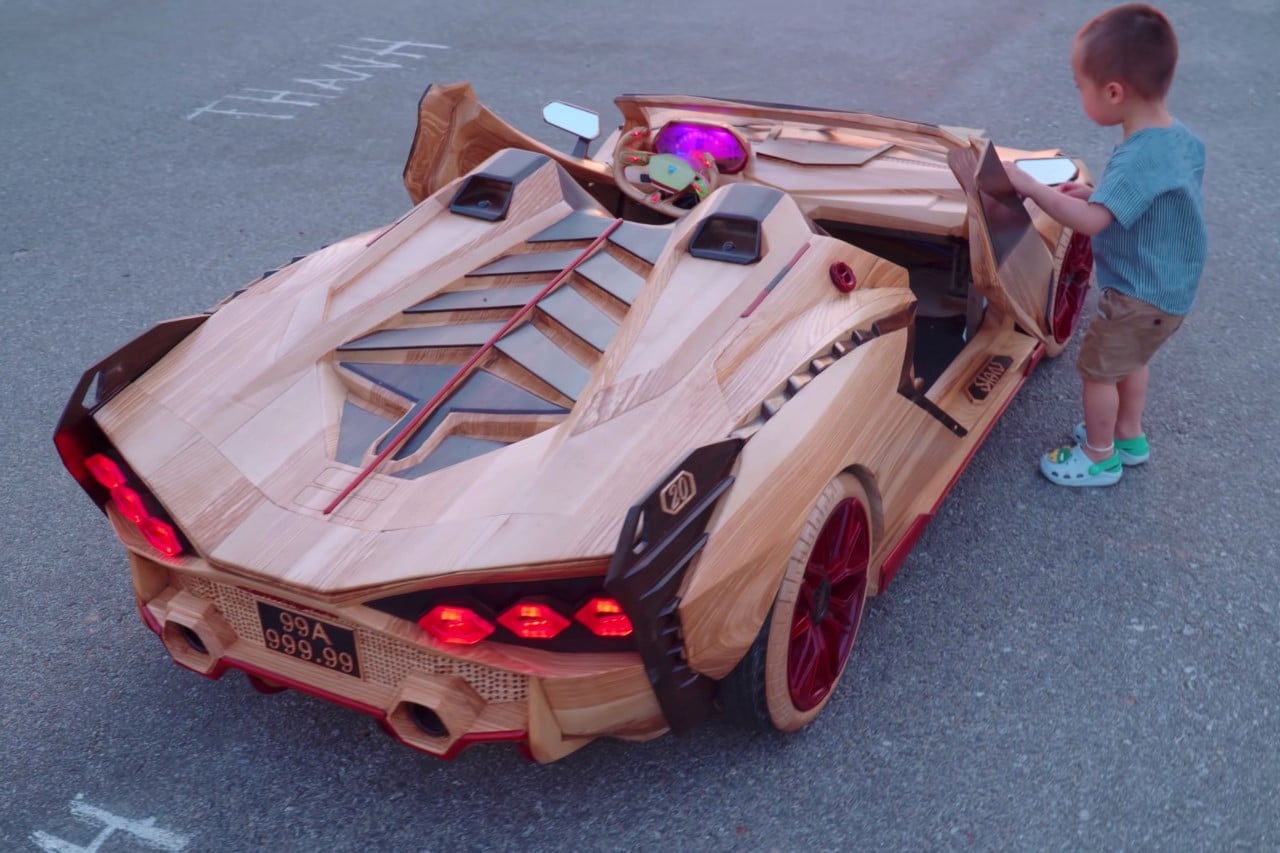
Just like the original Sian, Văn Đạo’s replica runs on an electric powertrain. The car doesn’t just sit on a random toy car’s chassis too, everything’s made and assembled from scratch, including the steering fork, the rear-wheel drive, and get this, even the wheels, which are made from wood and then covered with rubber treads! The car is almost exclusively made from blocks of wood that have been glued together and sanded down to a fine surface before being layered with polish (the video shows the remarkable 65-day process in a timelapse), and you’ve really got to appreciate how good Văn Đạo is at his craft for being able to pull this off from start to finish.
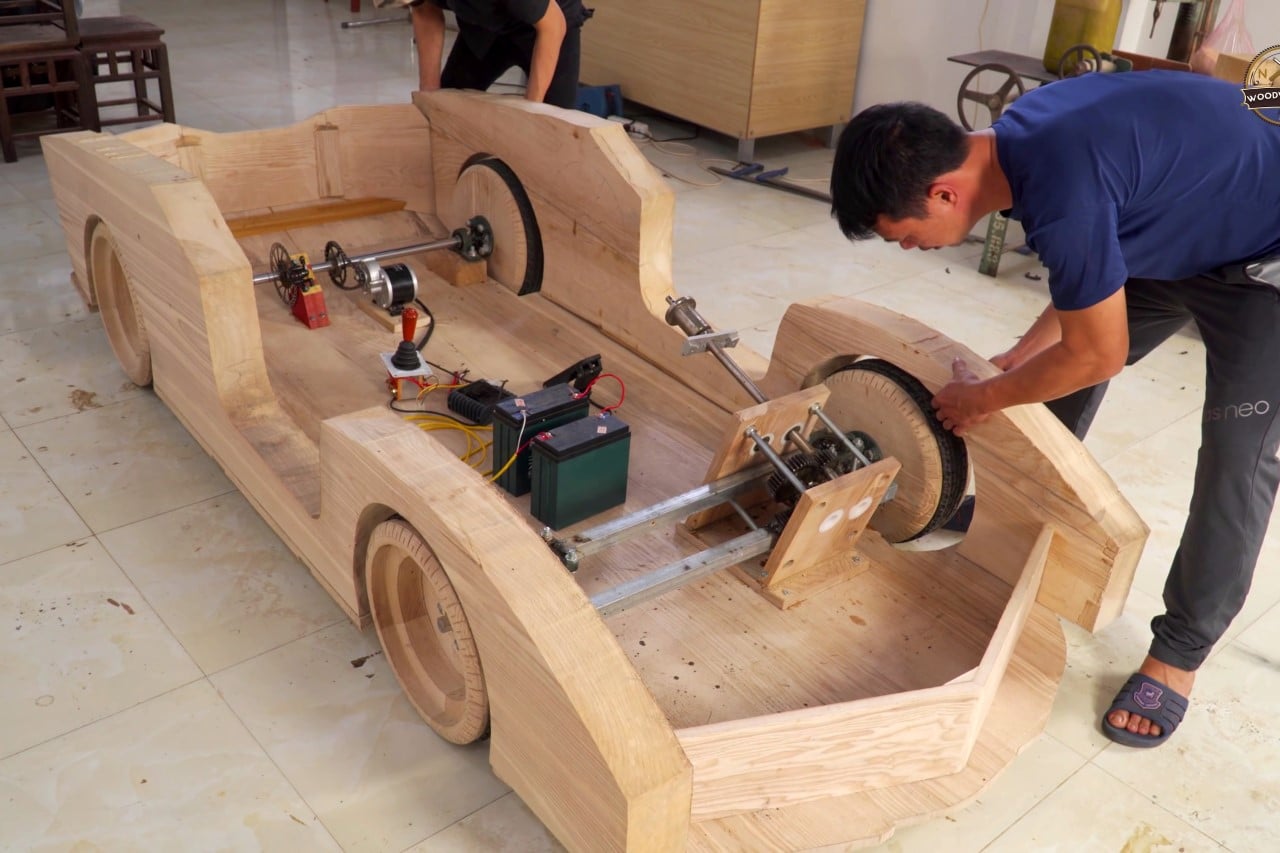

For final touches, Văn Đạo plugs in the headlights and taillights in, and even puts in the Lamborghini logo on the front and a faux license plate on the back. The rear fins of the car come with the Sian branding too! The car’s doors are operated by pistons that are controlled using the key-fob (view them in action at the exact 08:30 mark), and yes, there are adjustable side-view mirrors too! The video currently stands at above 9.5 million views, although it isn’t the first time Văn Đạo’s attempted something so ambitious. In the past, he’s managed to build child-size wooden replicas of the BMW 328 Hommage, the Ferrari Aperta, and the Bugatti Centodieci too! I’d say his kid pretty much lucked out in the dad department!
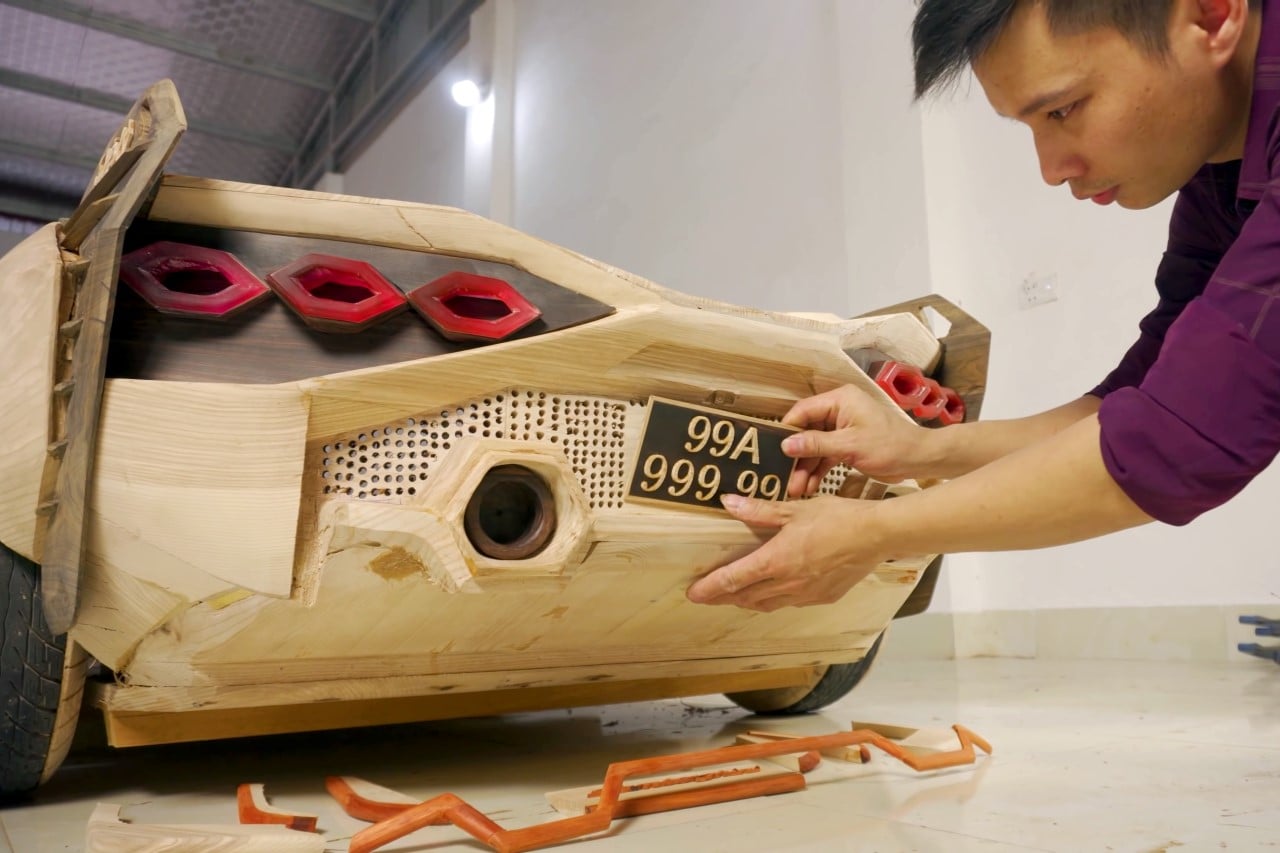

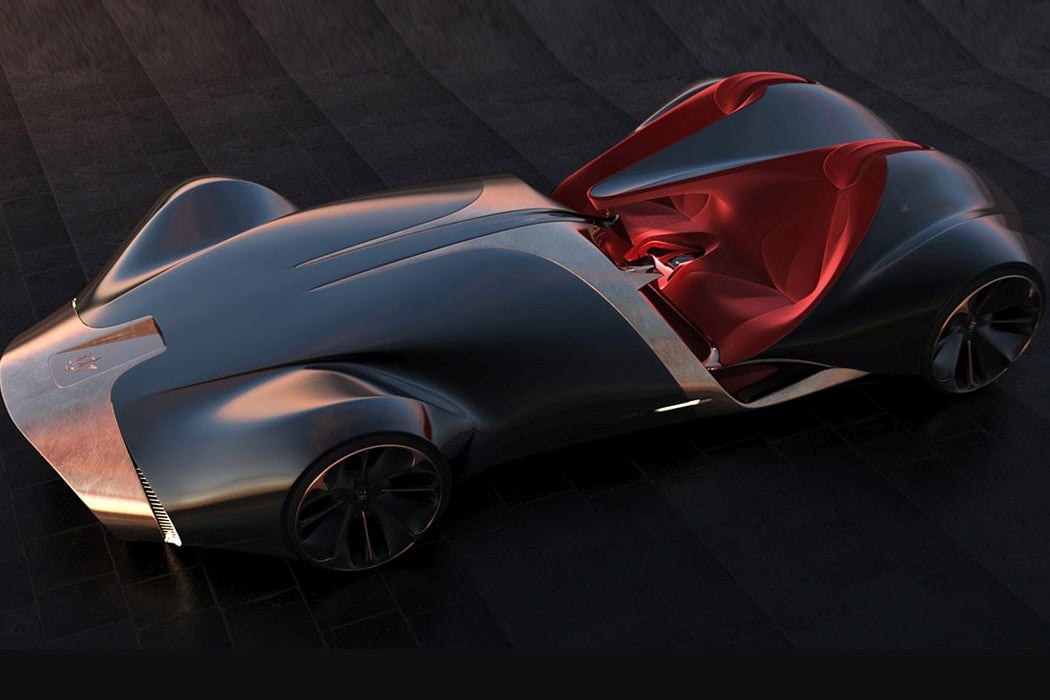
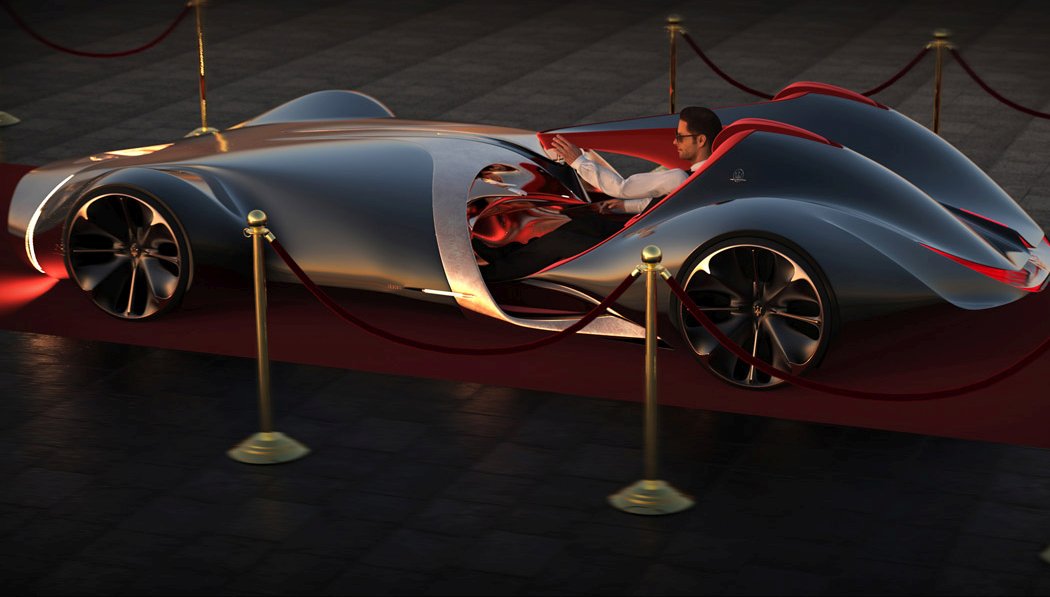
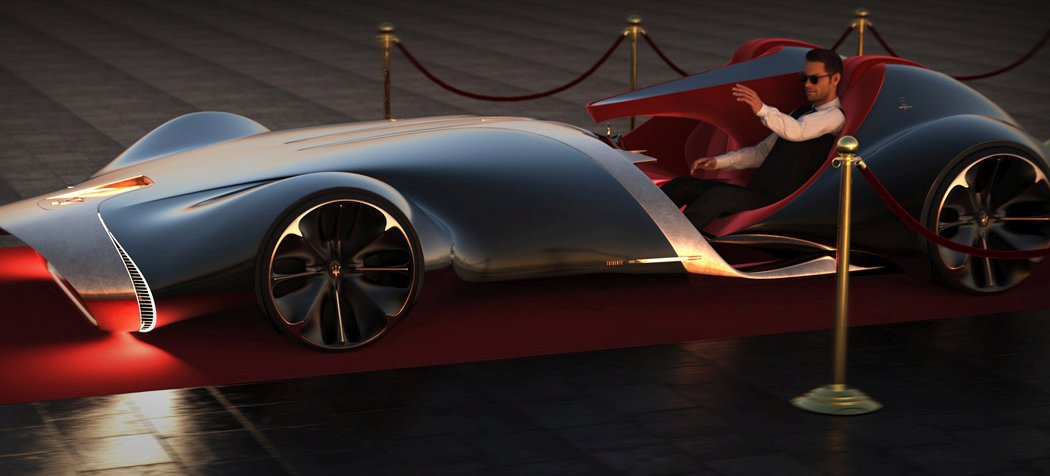

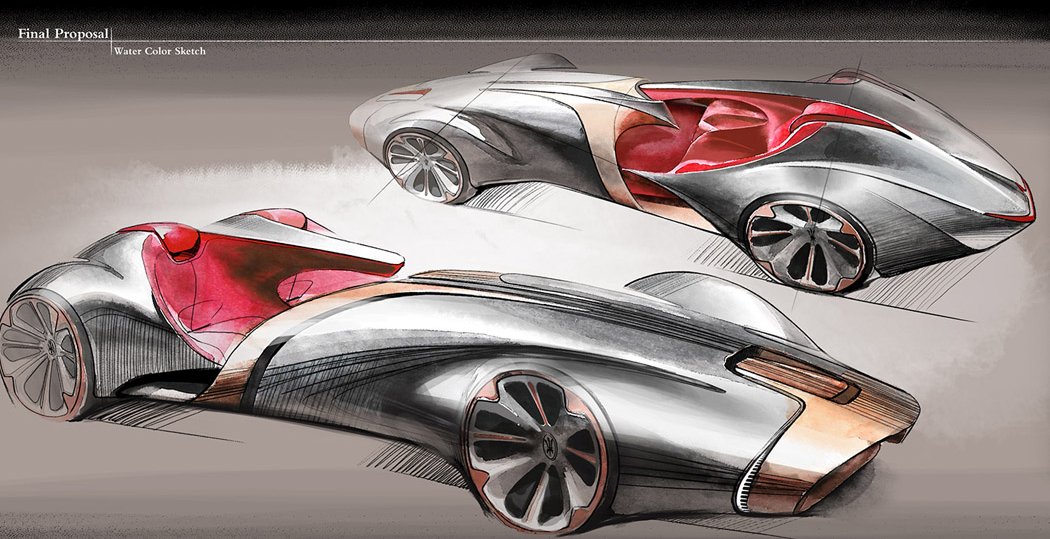

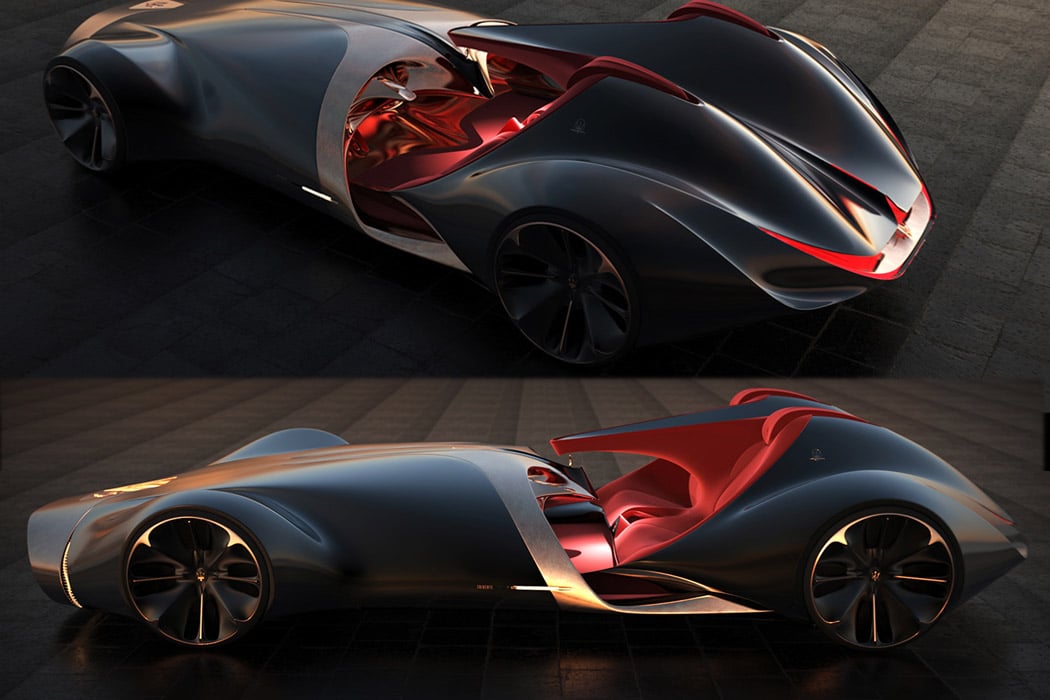
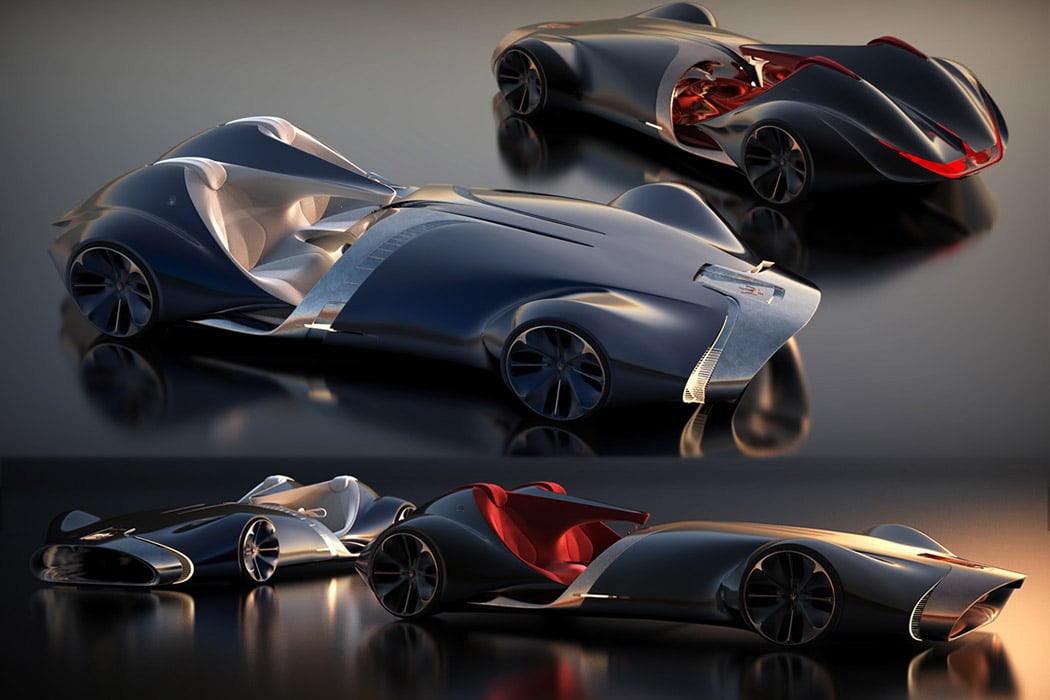

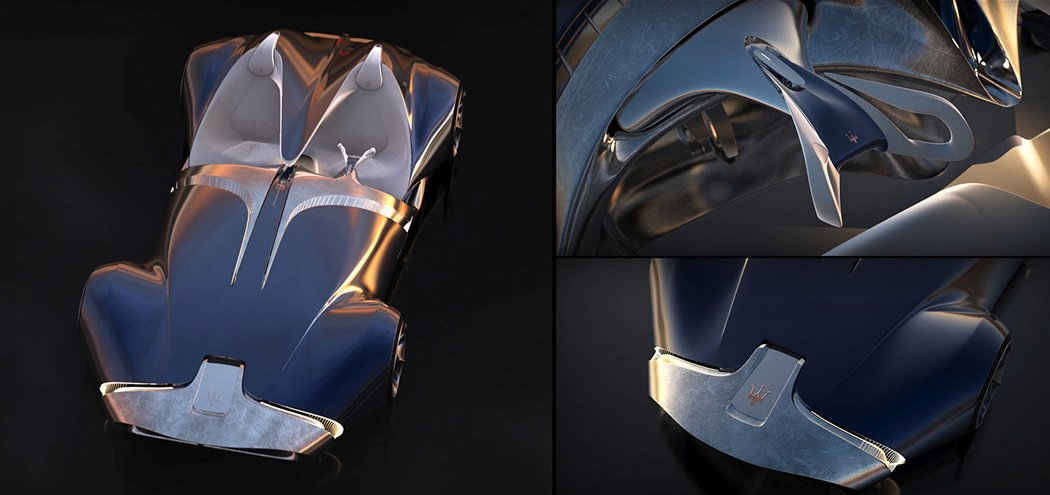
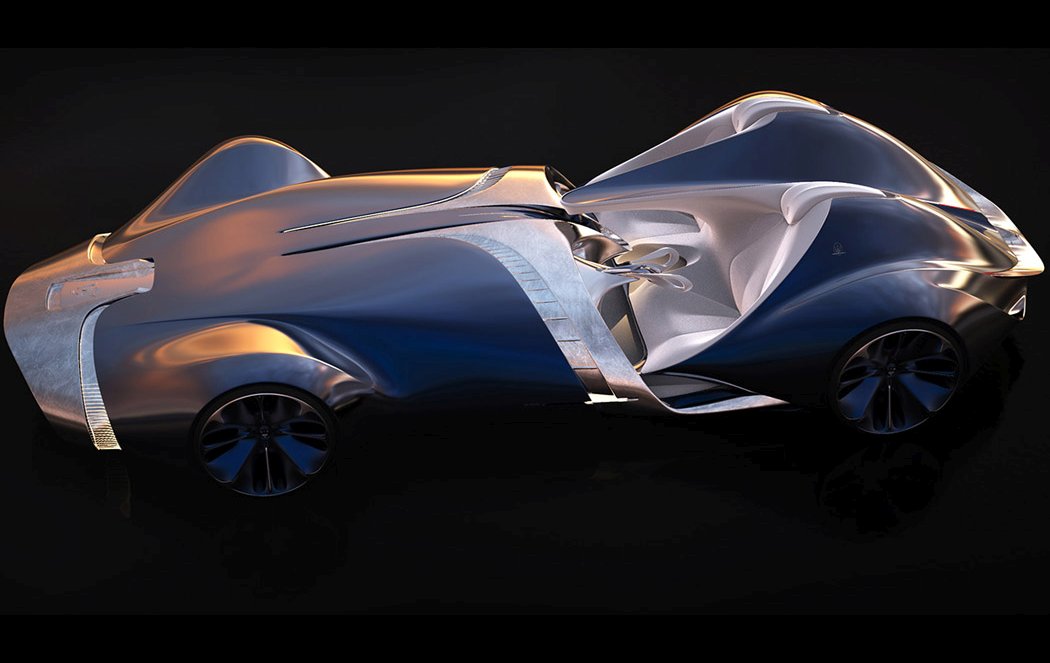
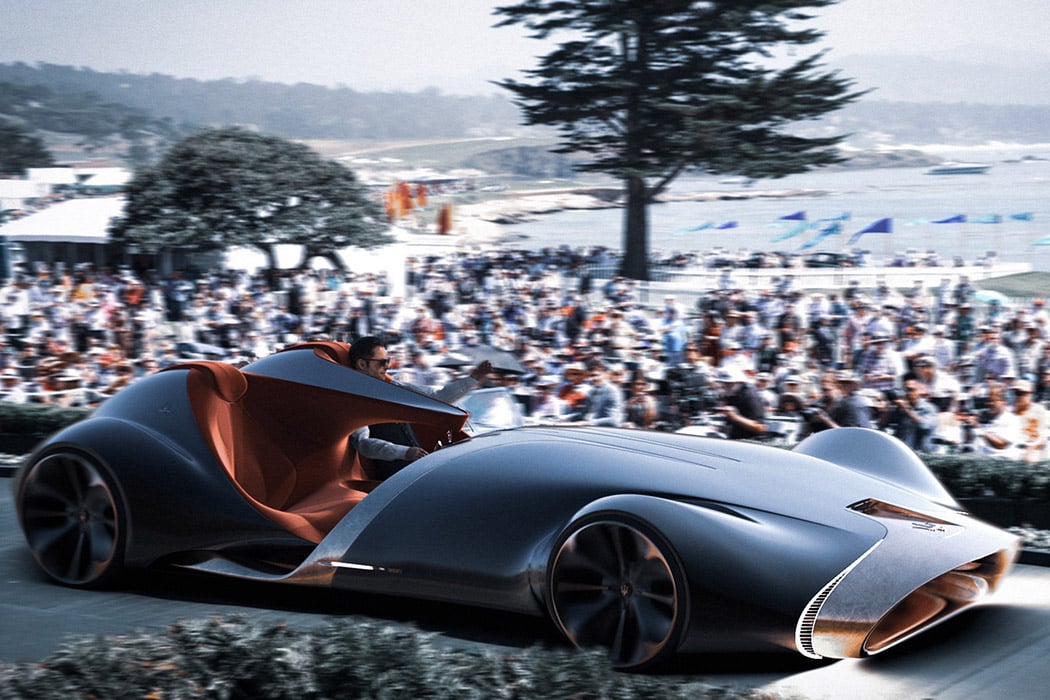

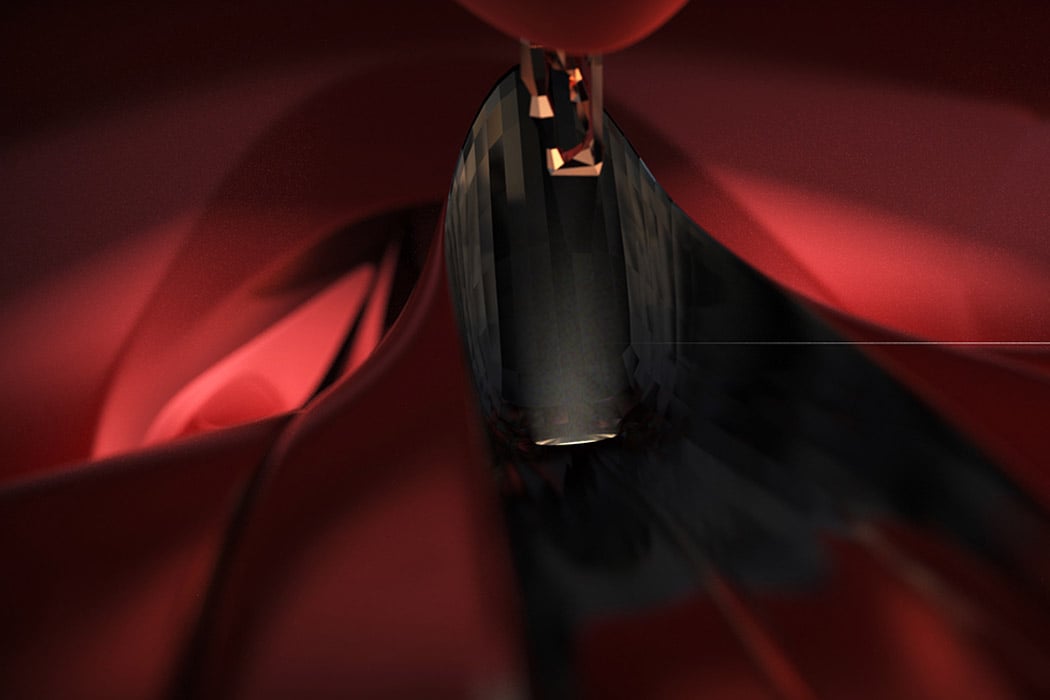
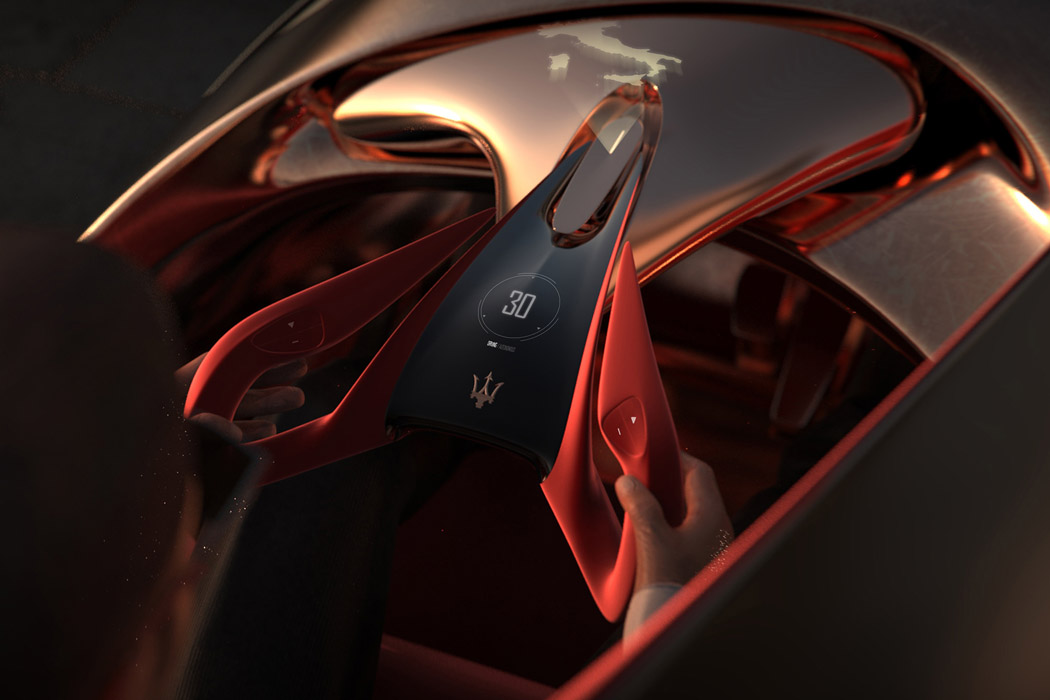
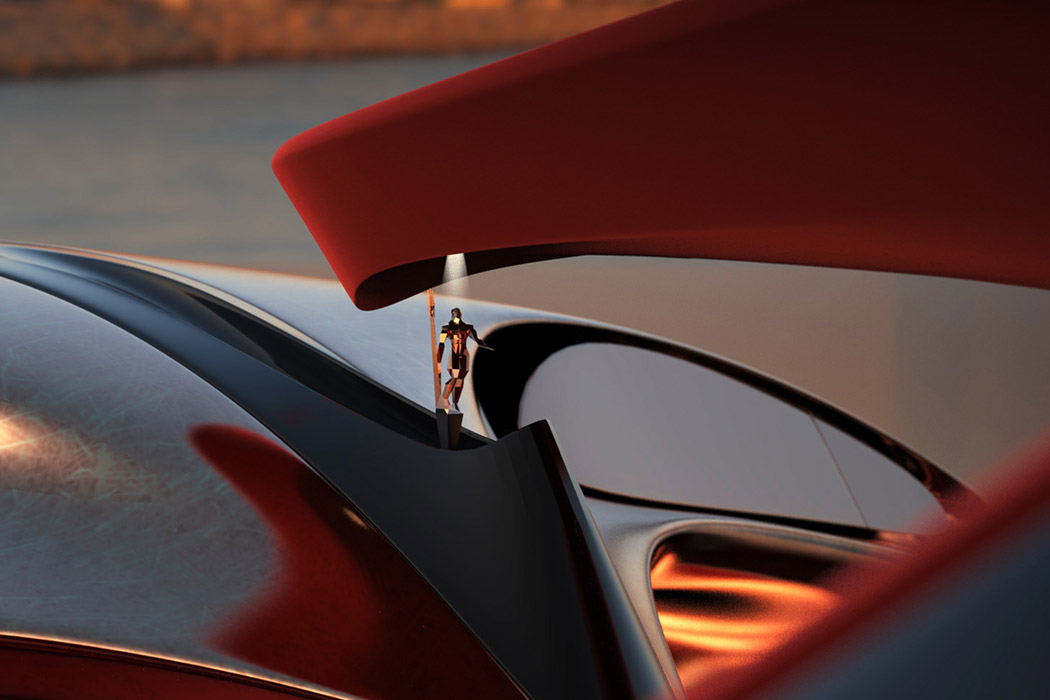
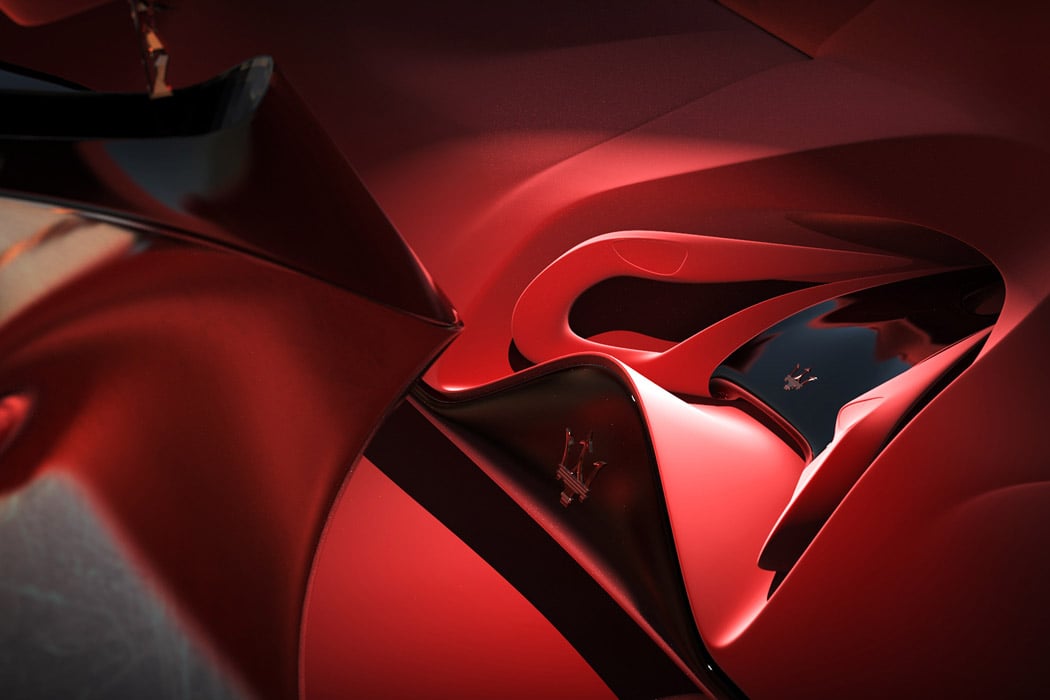

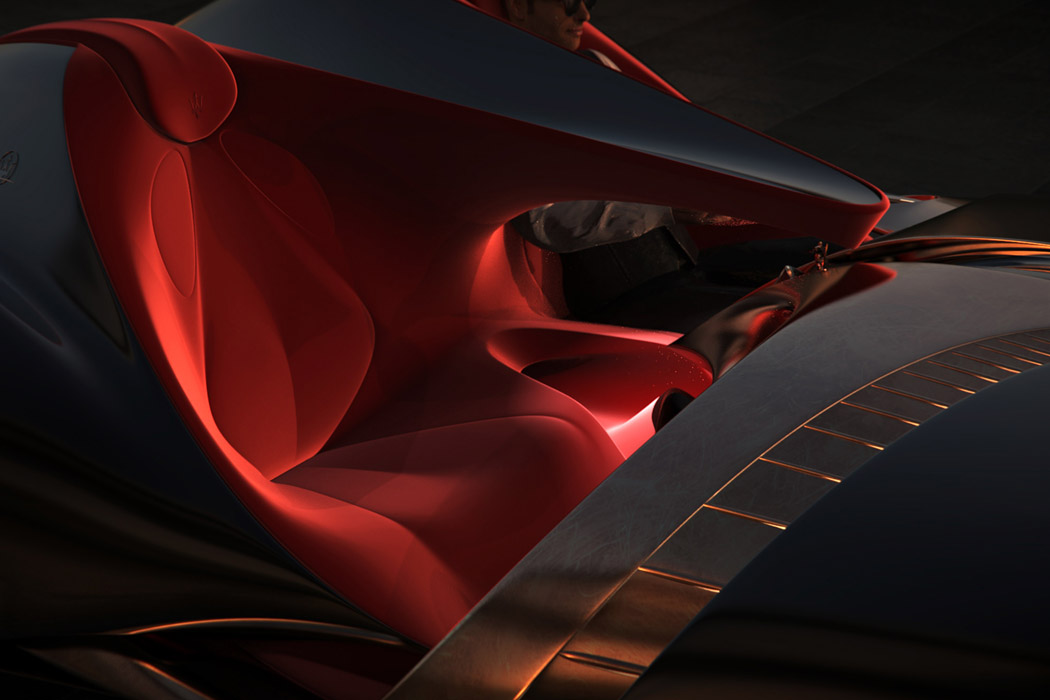
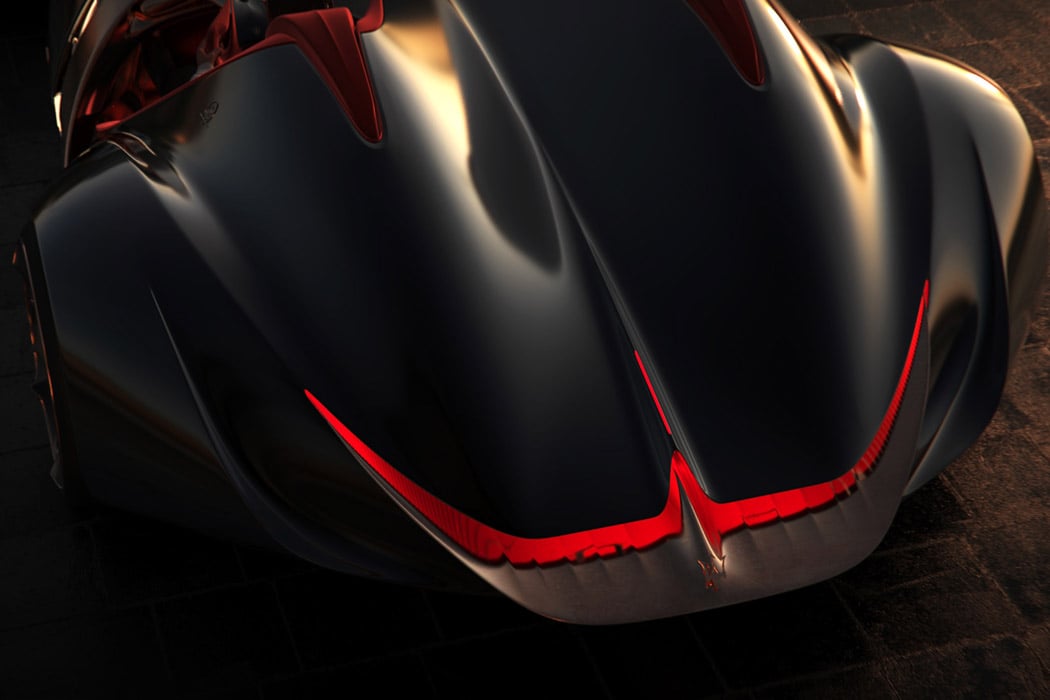
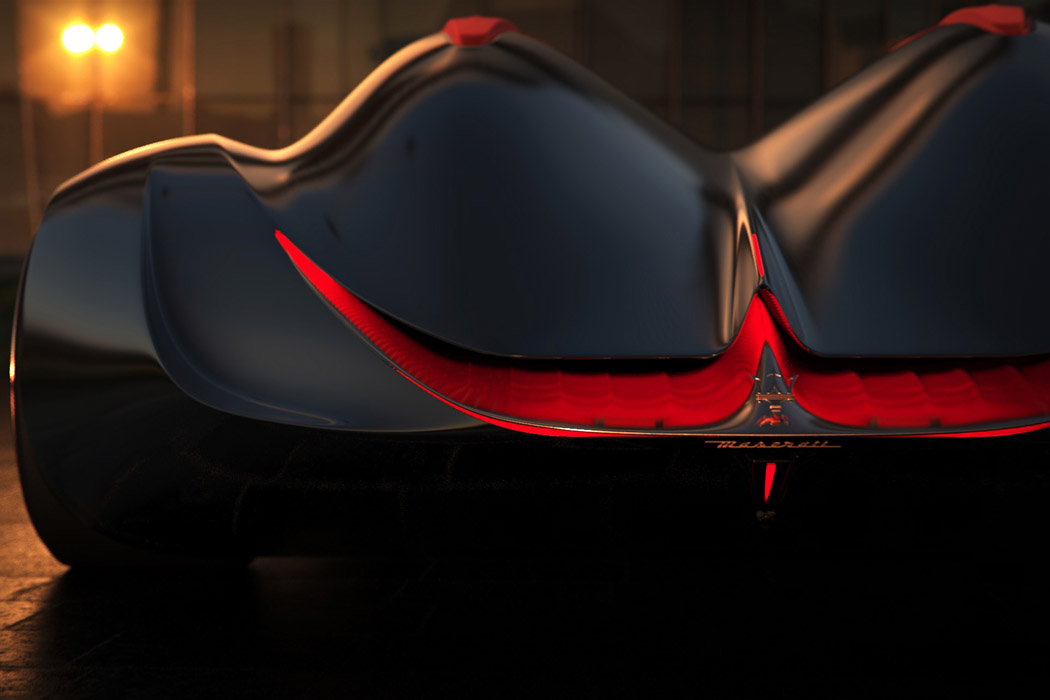

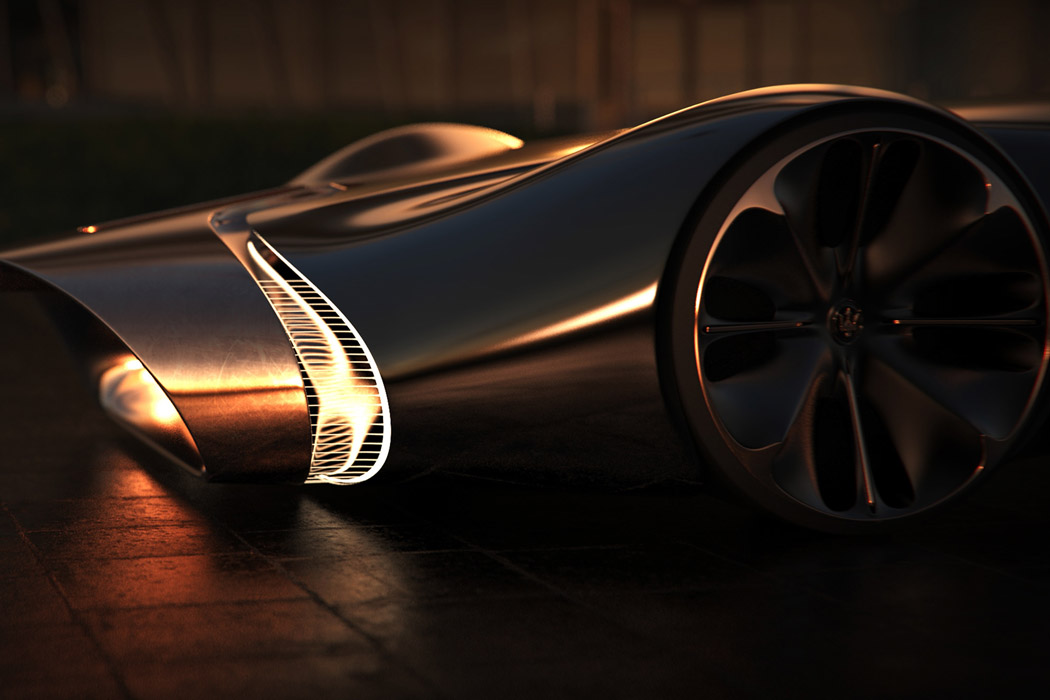
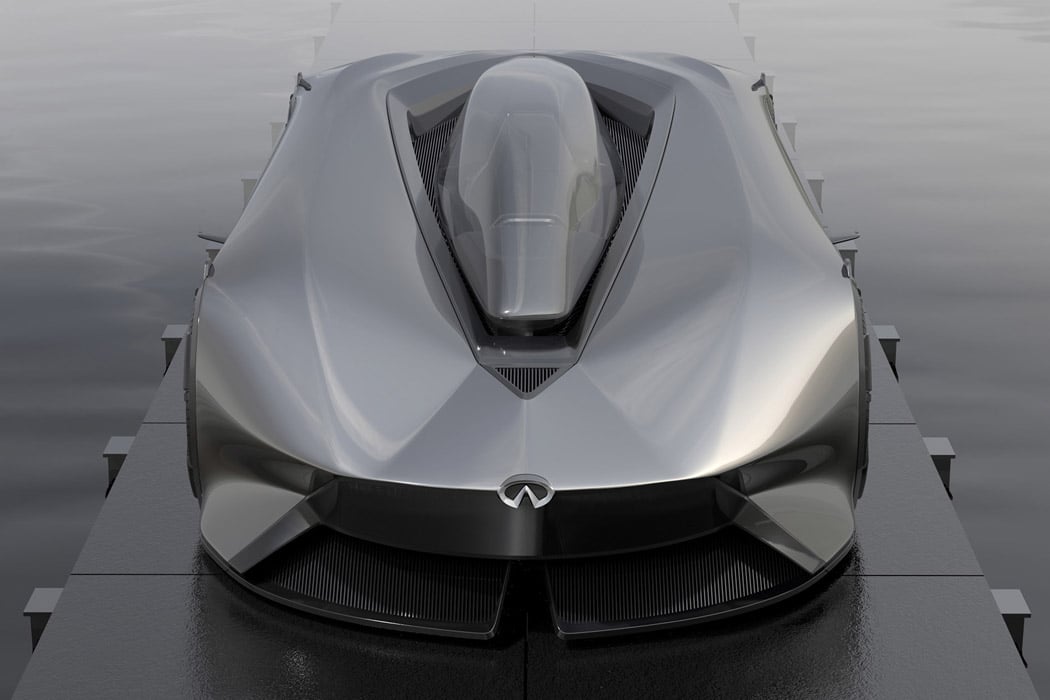
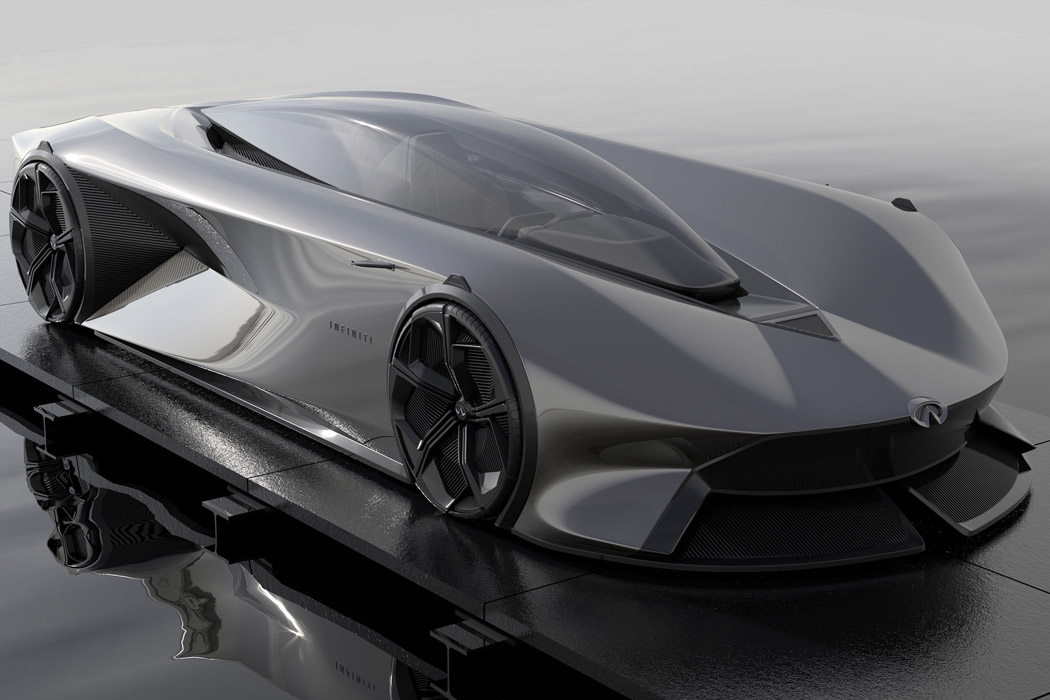
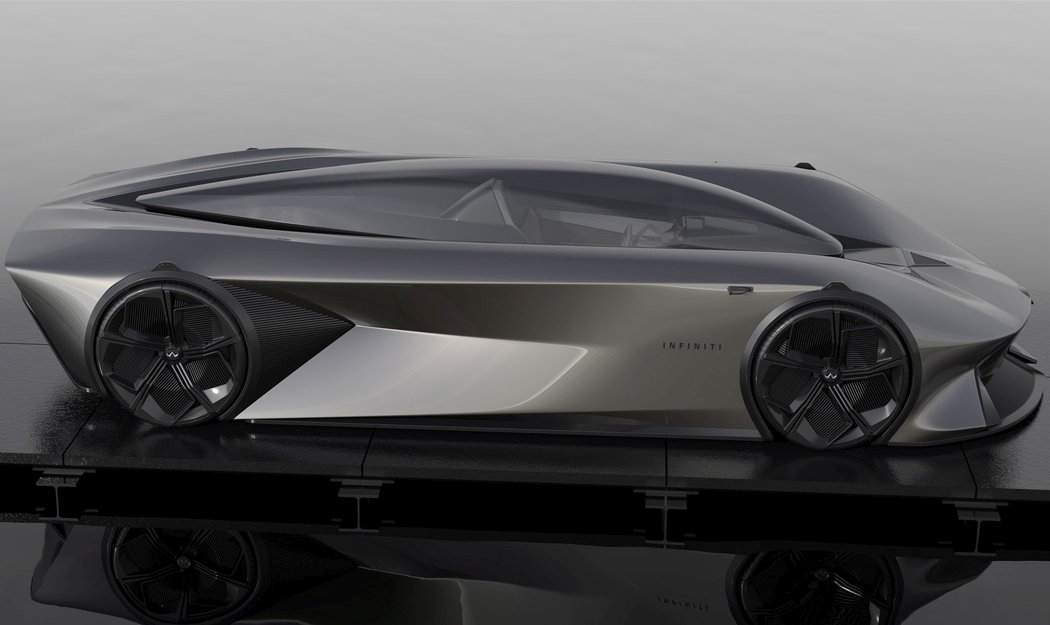
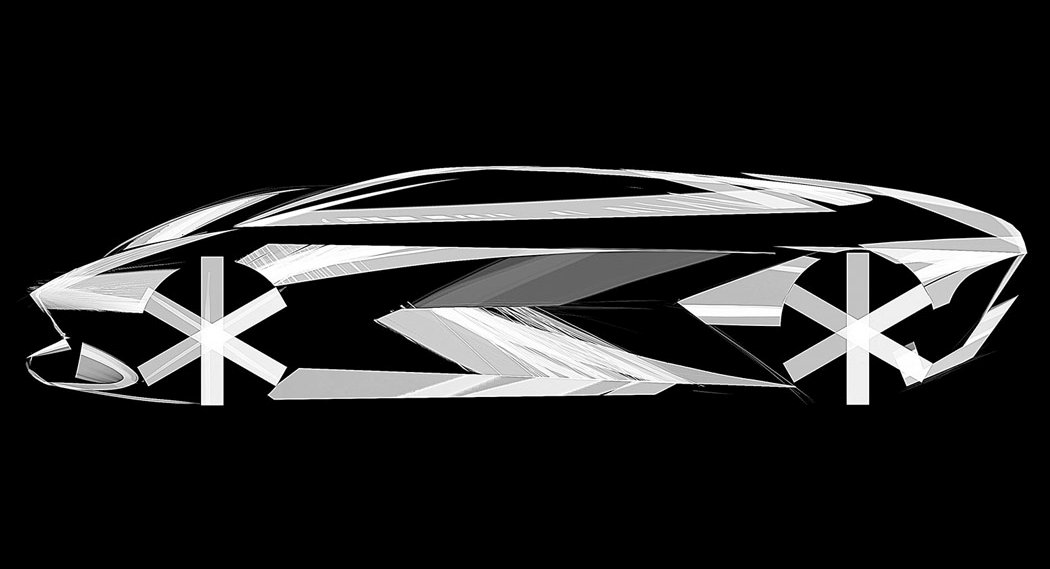
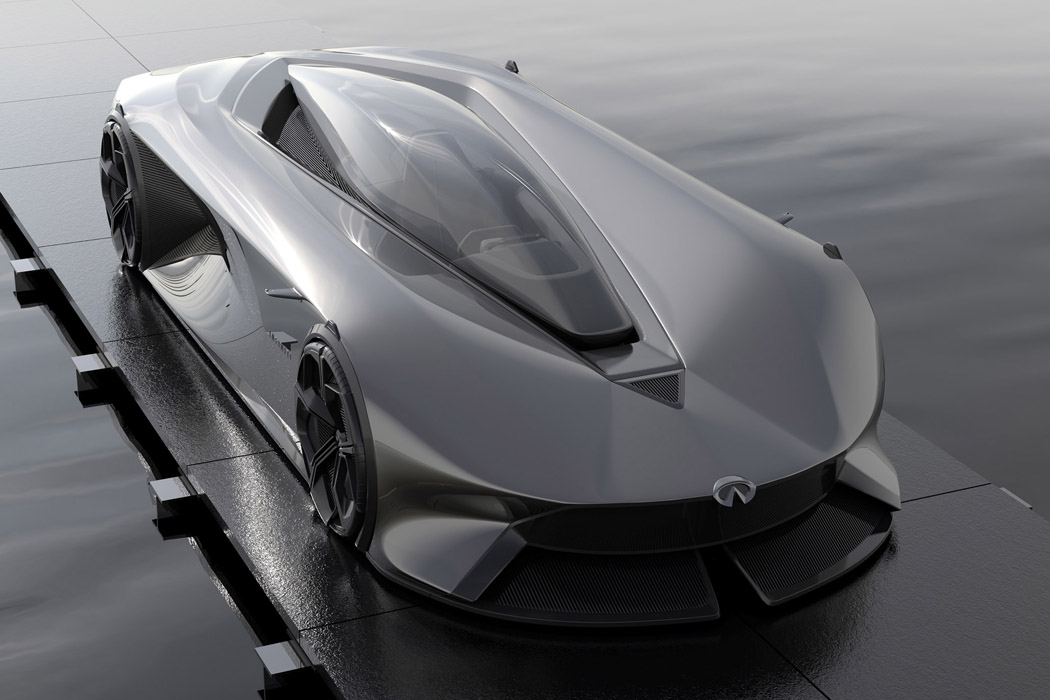
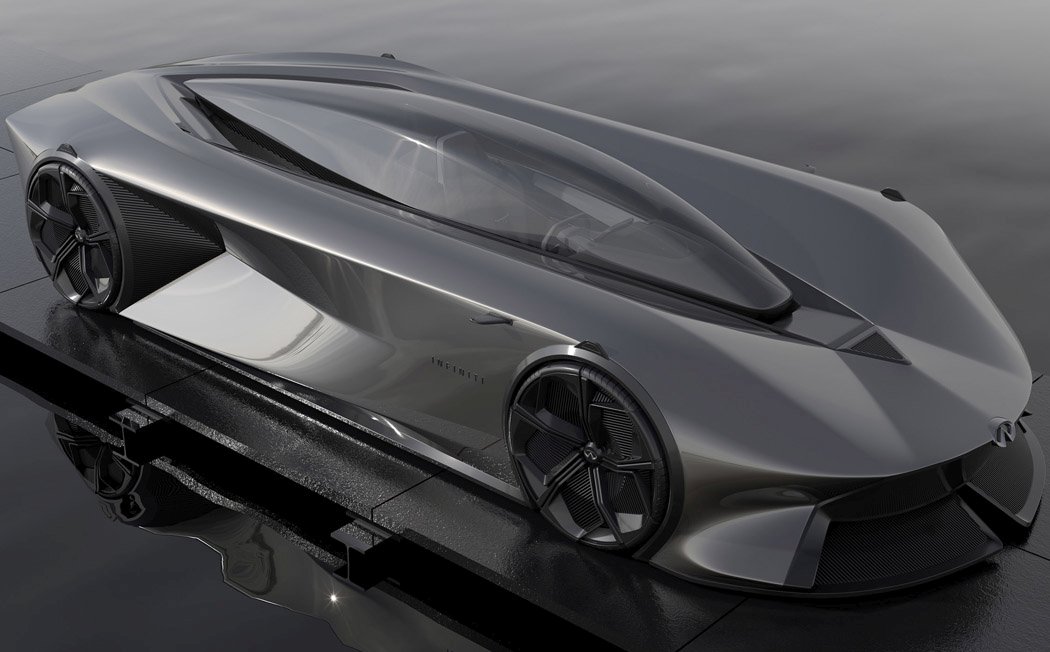
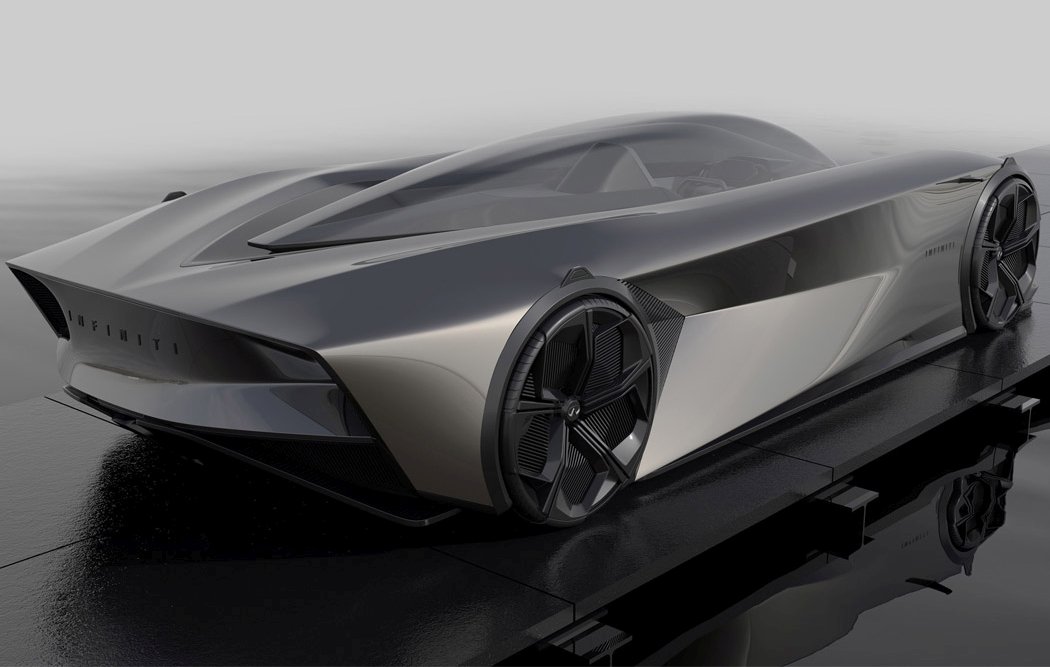
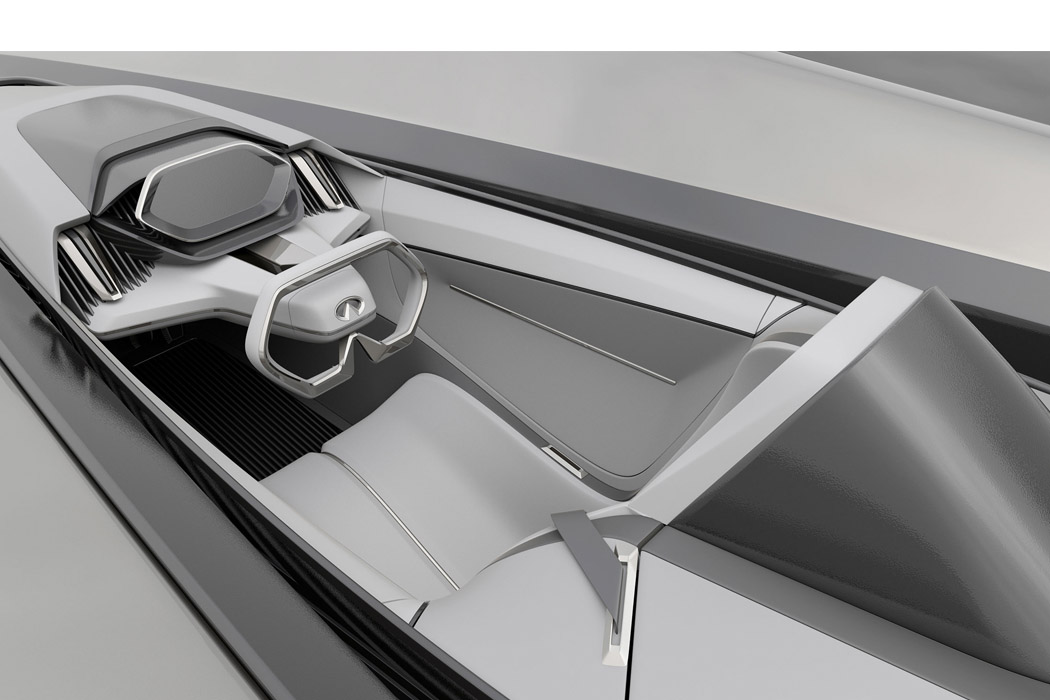
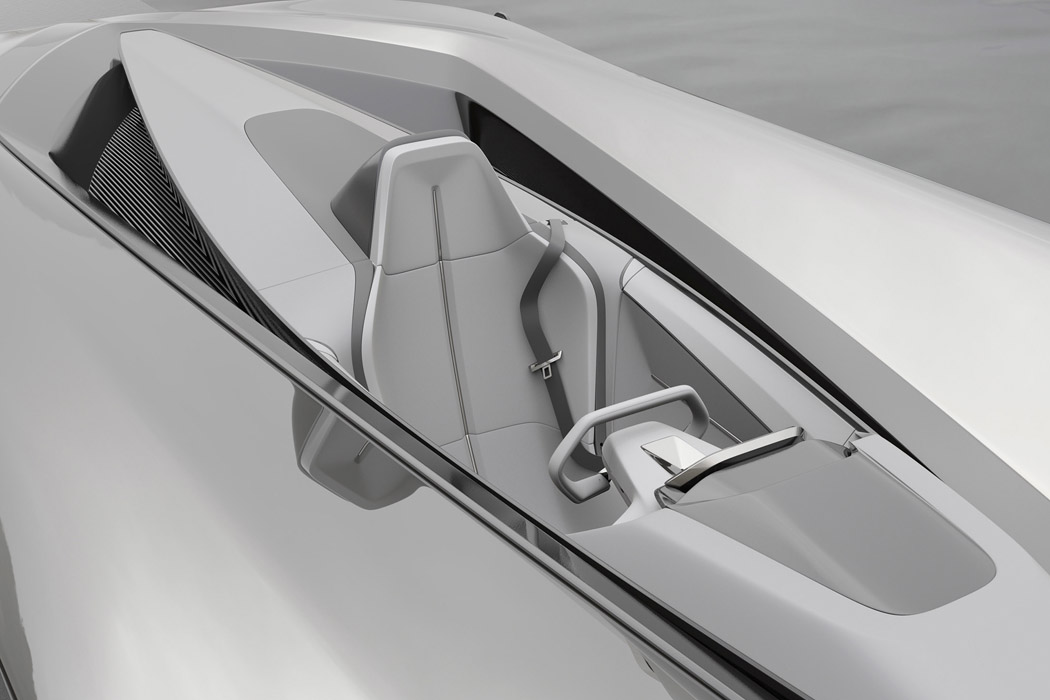
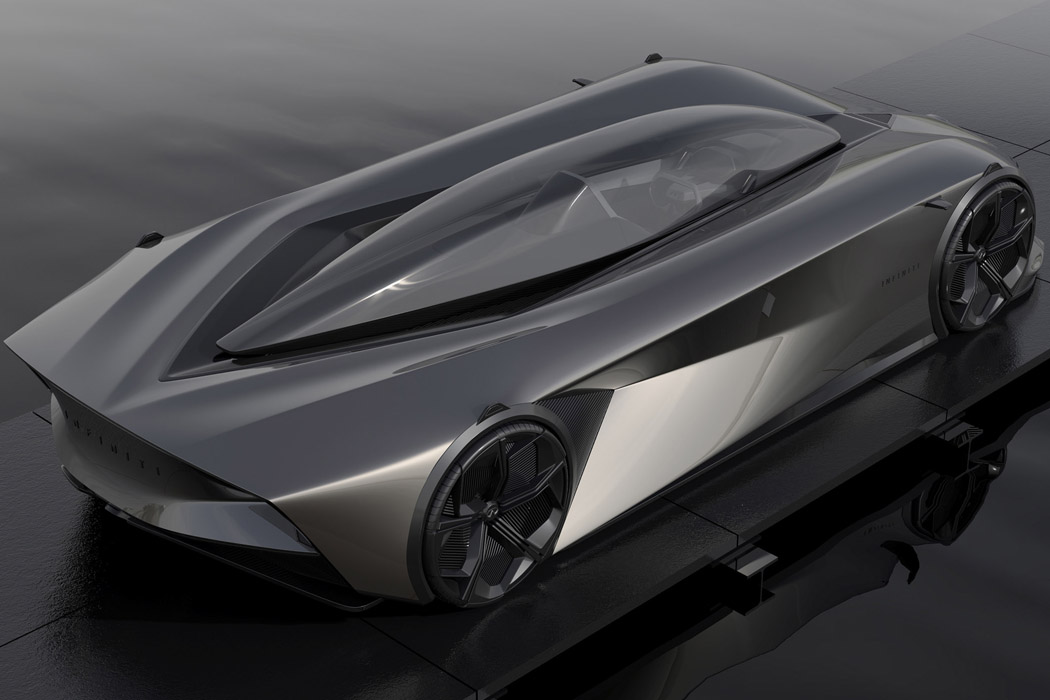
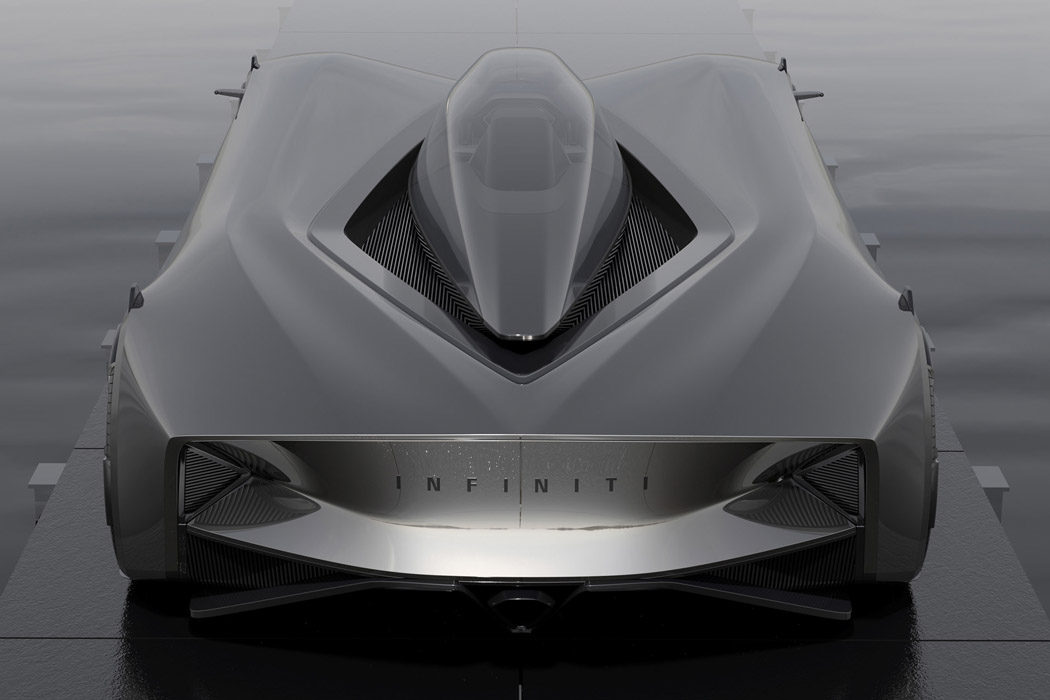
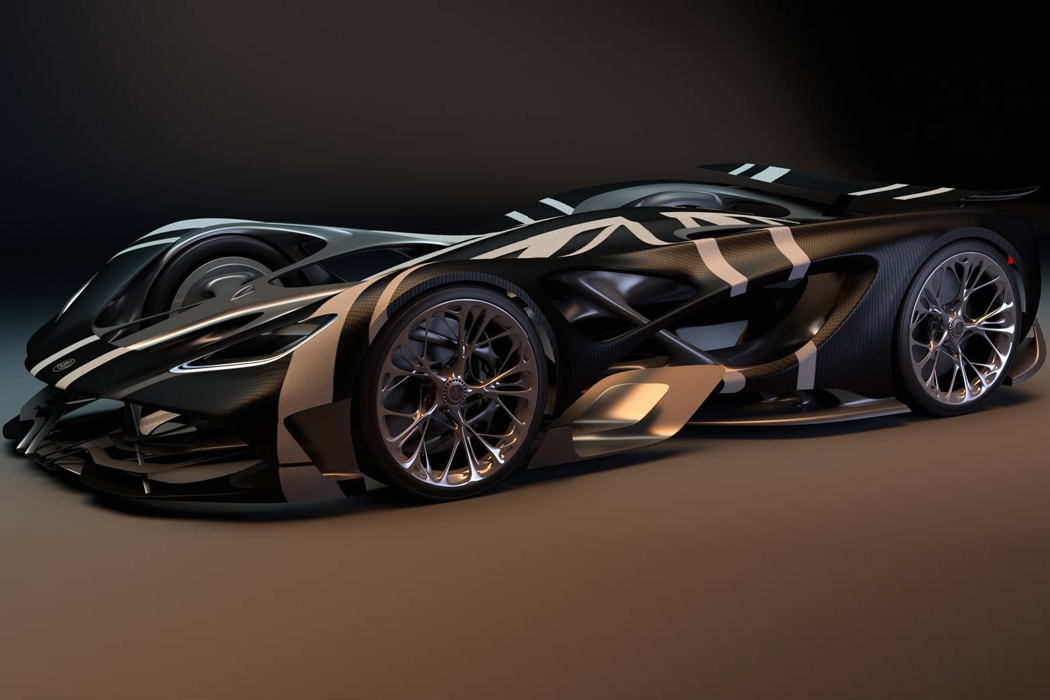
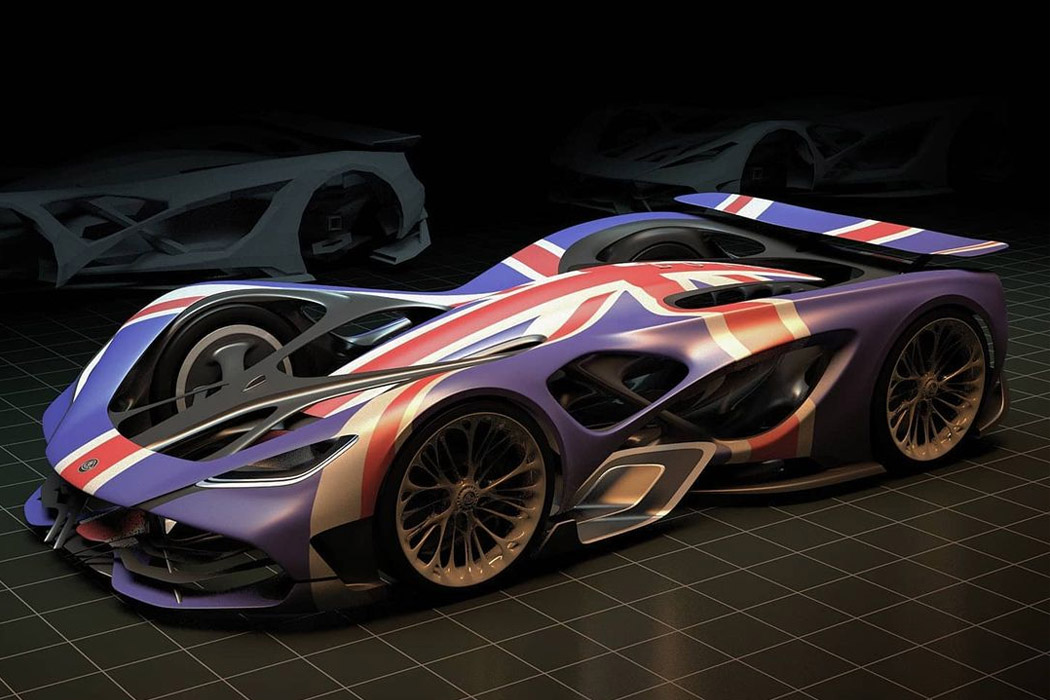
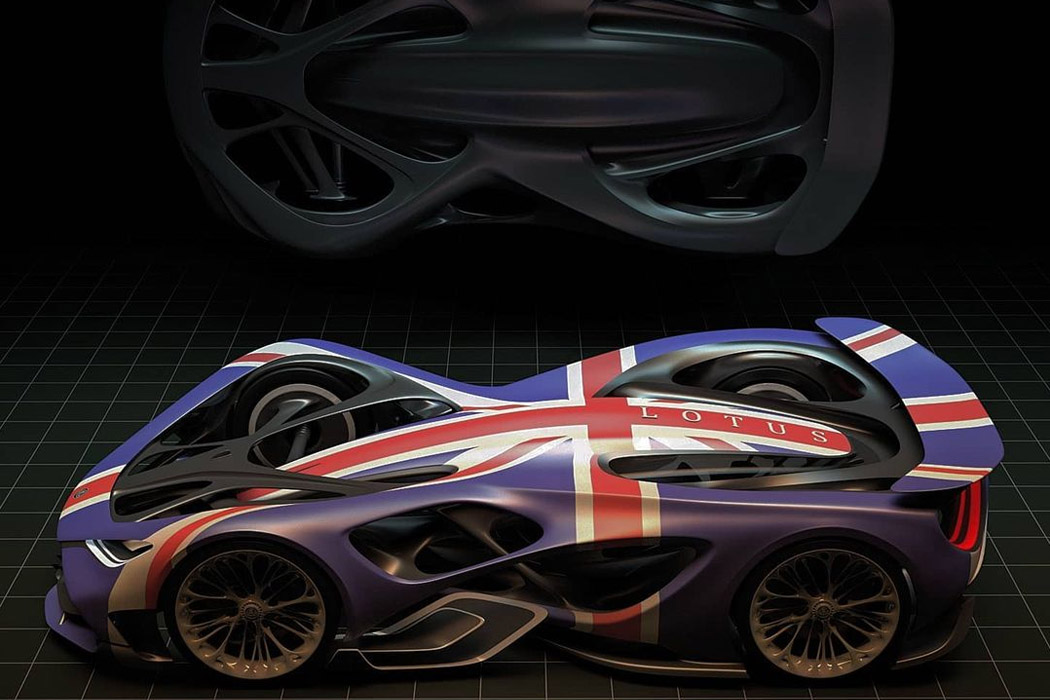
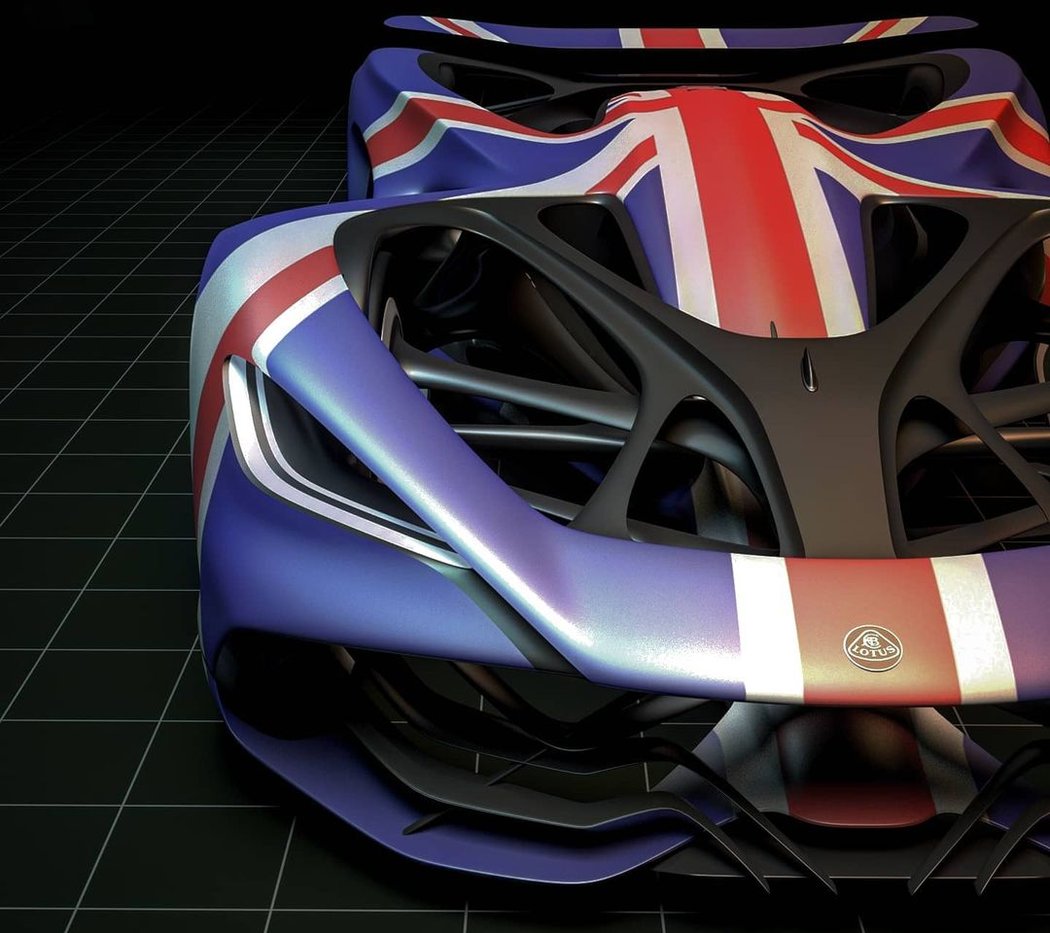
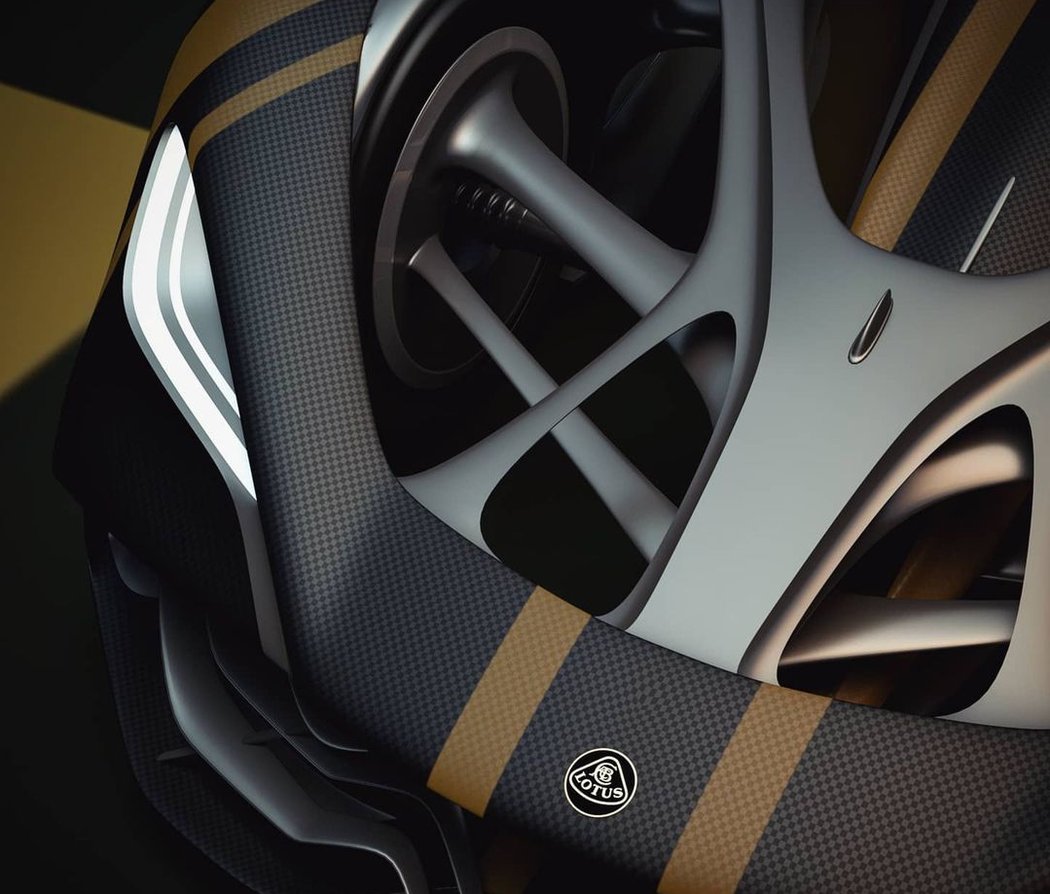
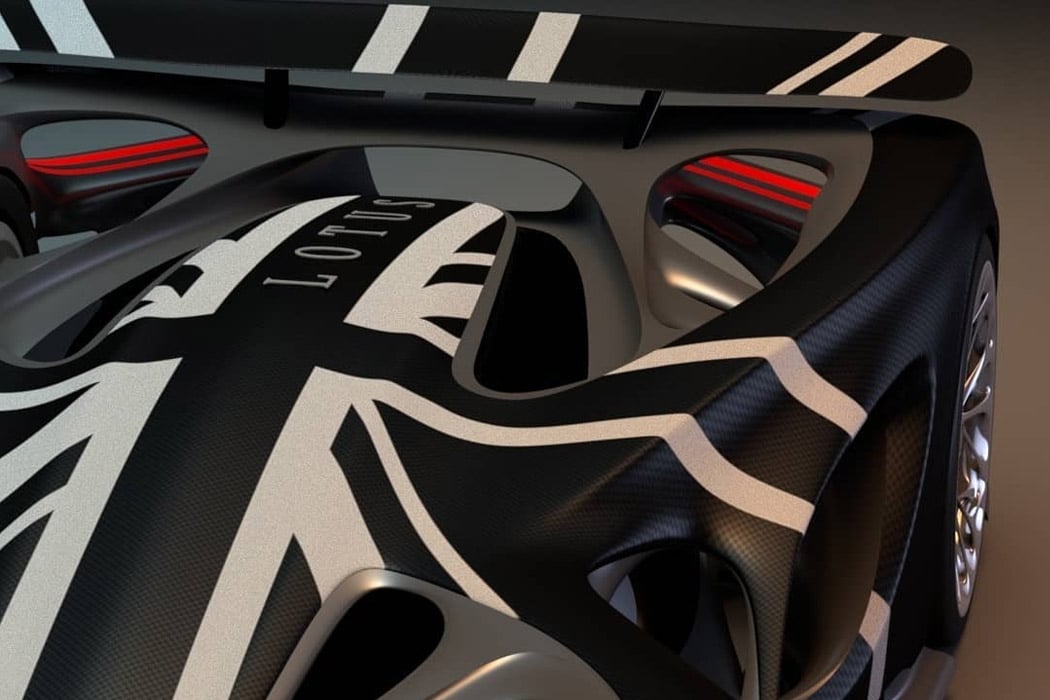
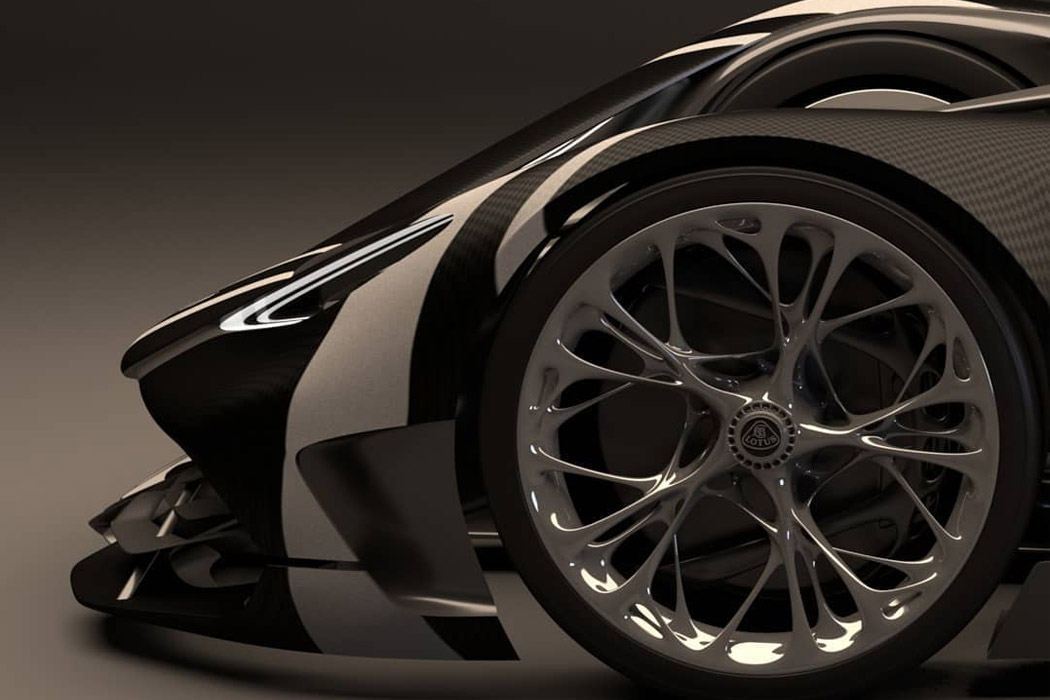
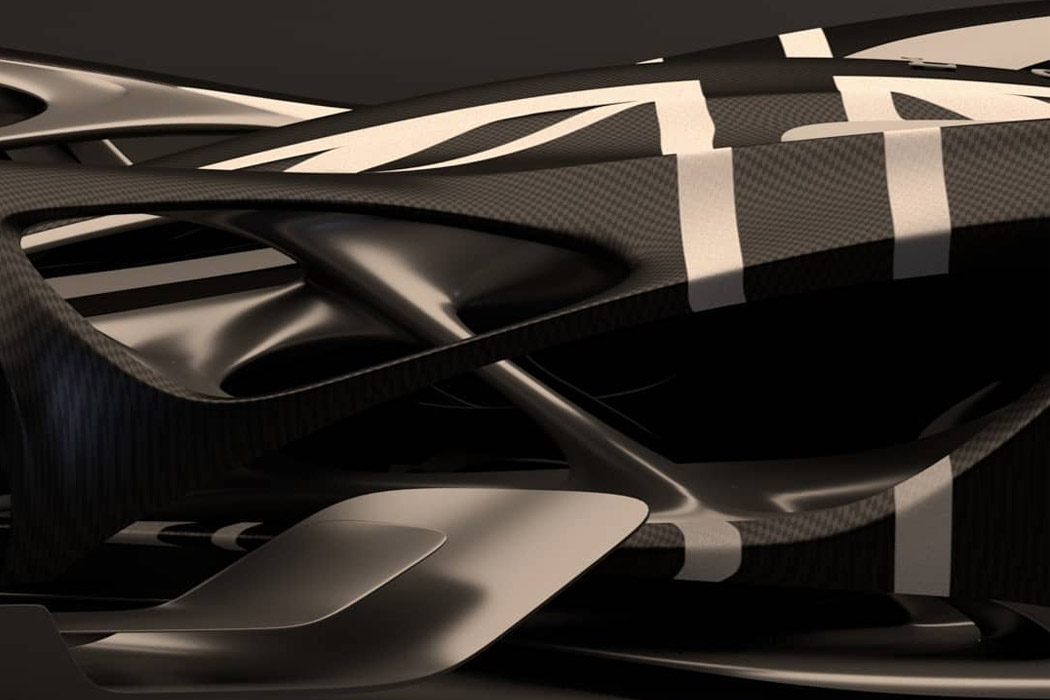
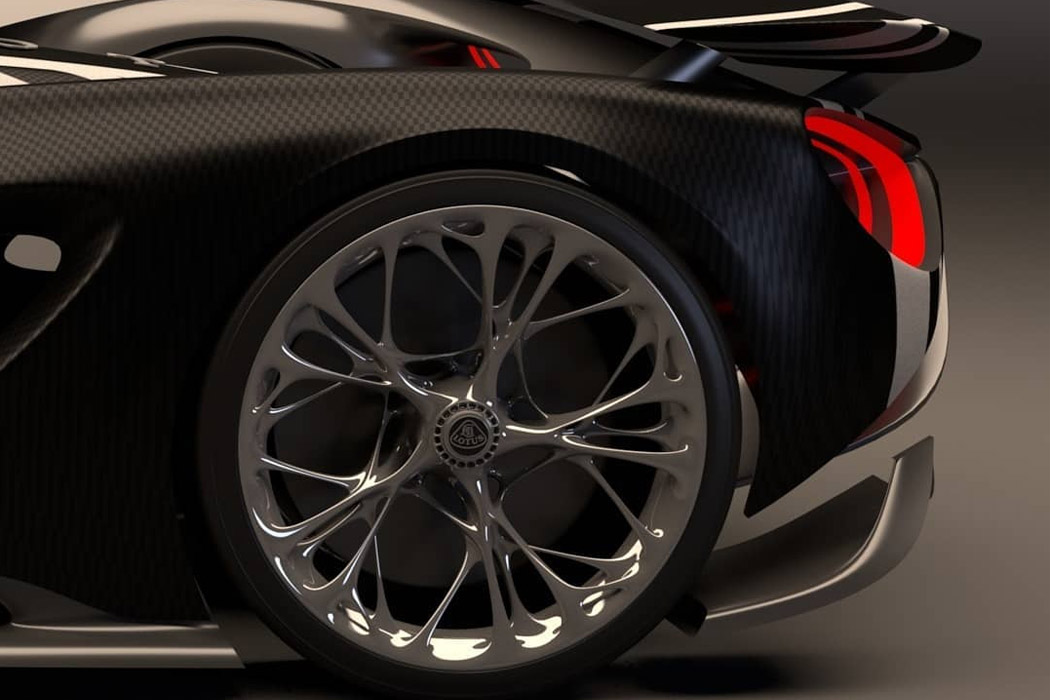
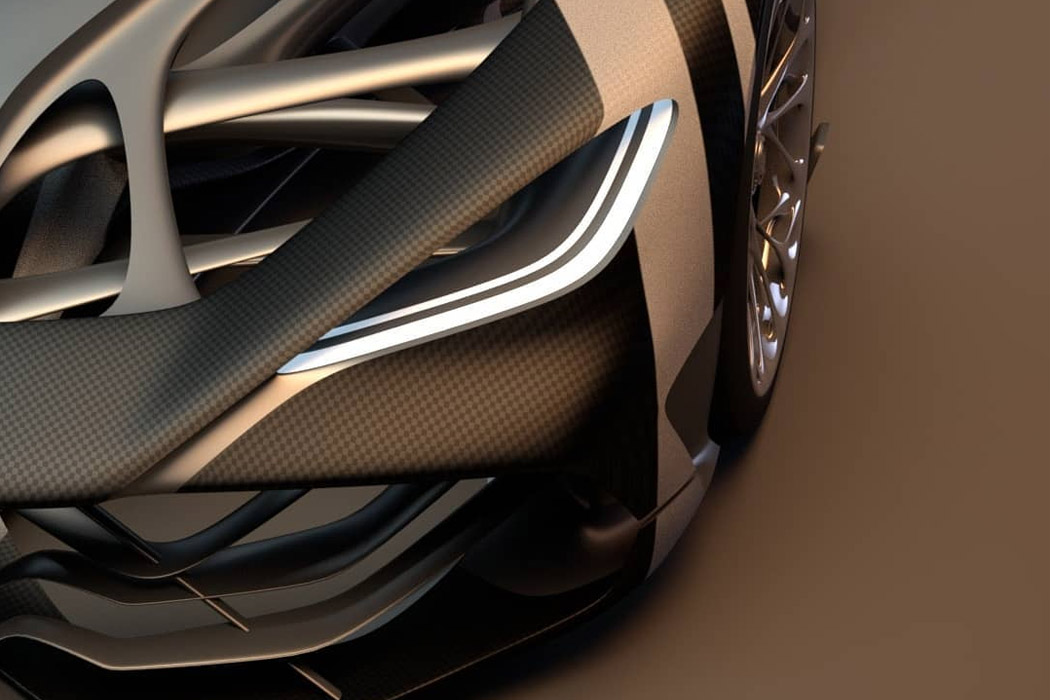
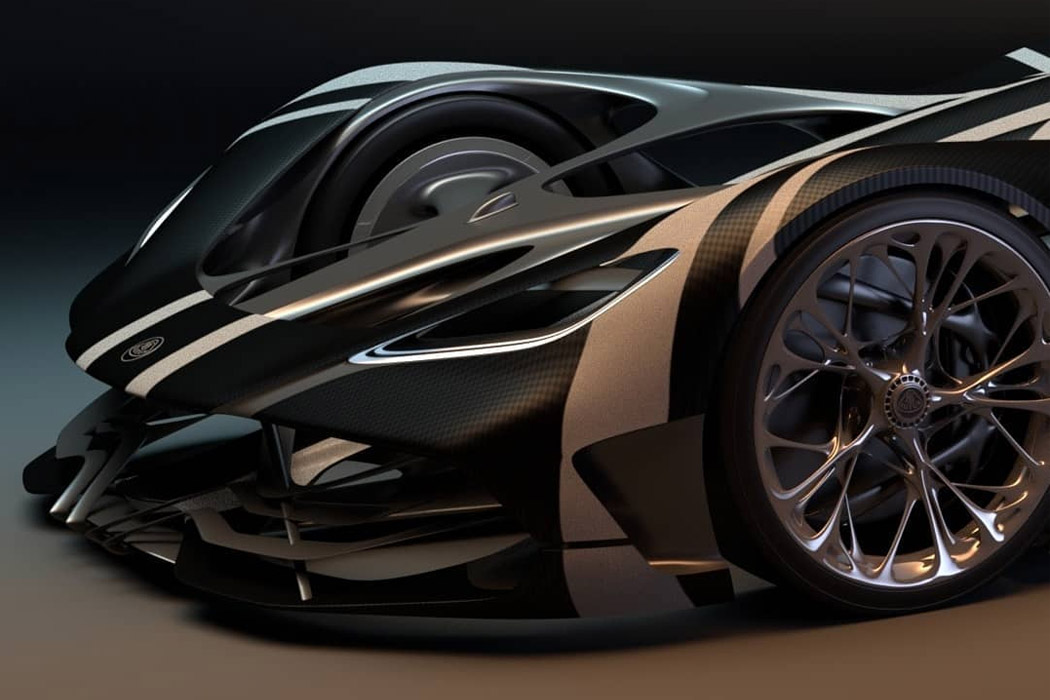
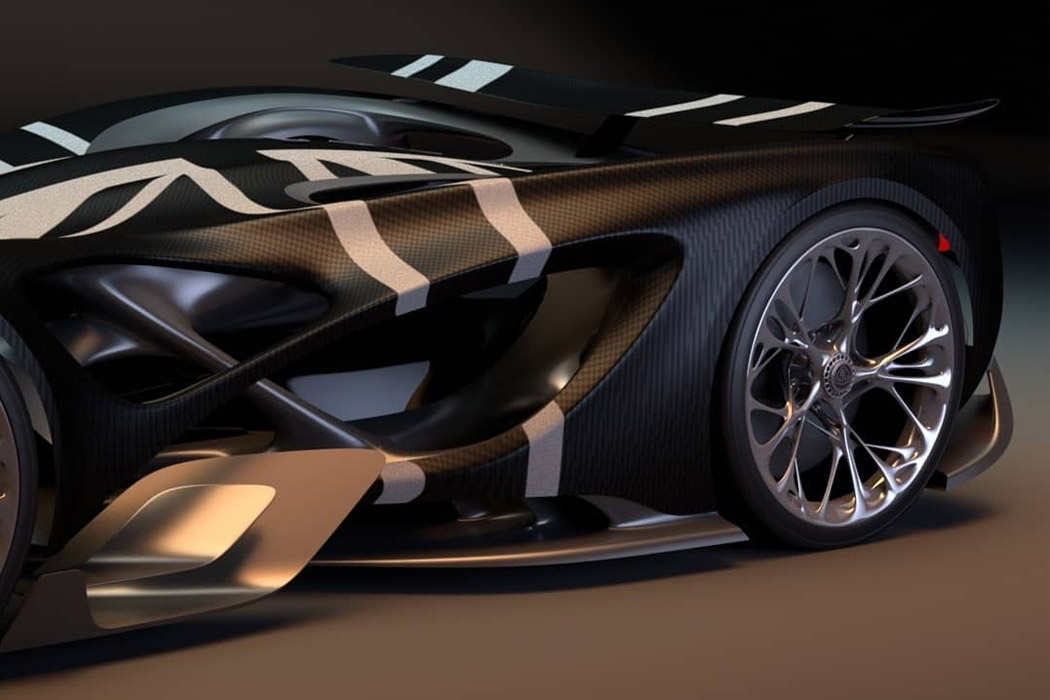
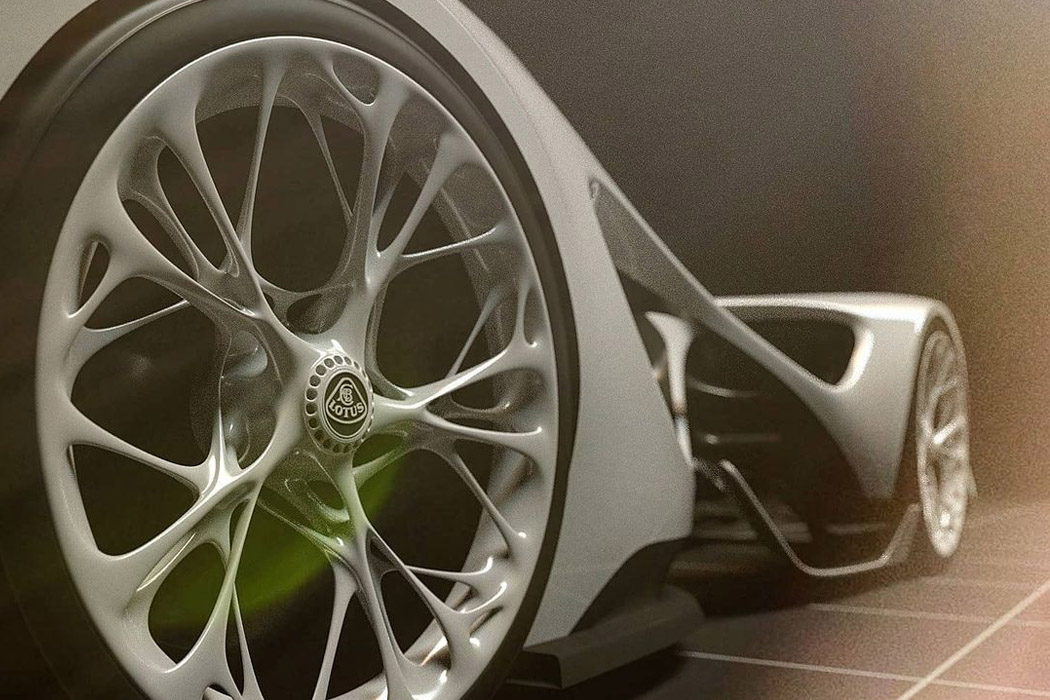
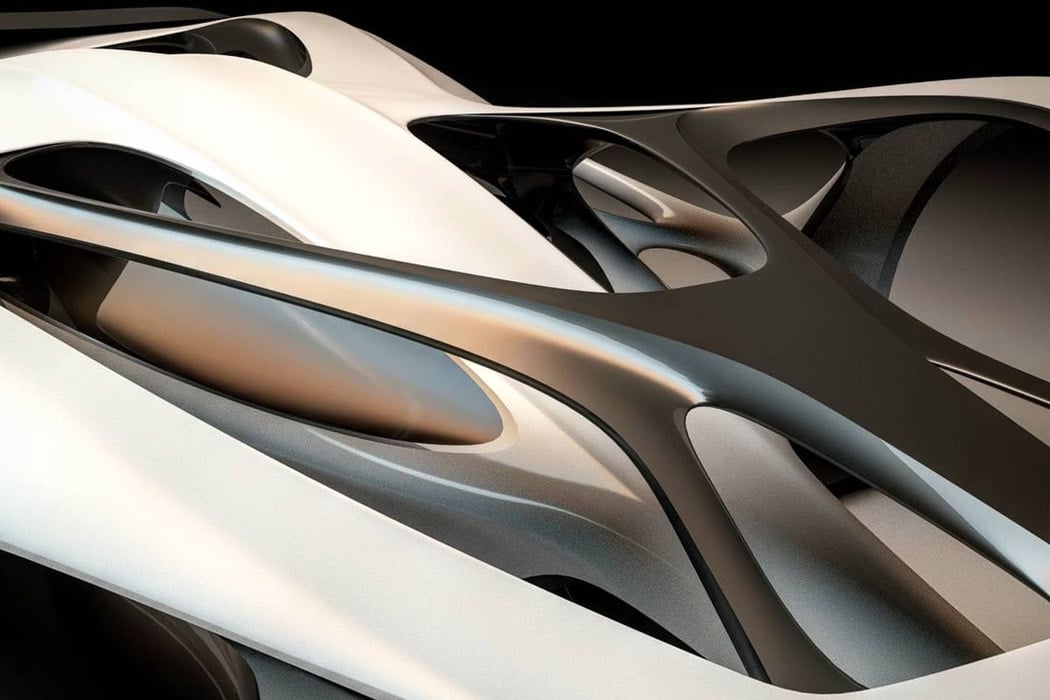
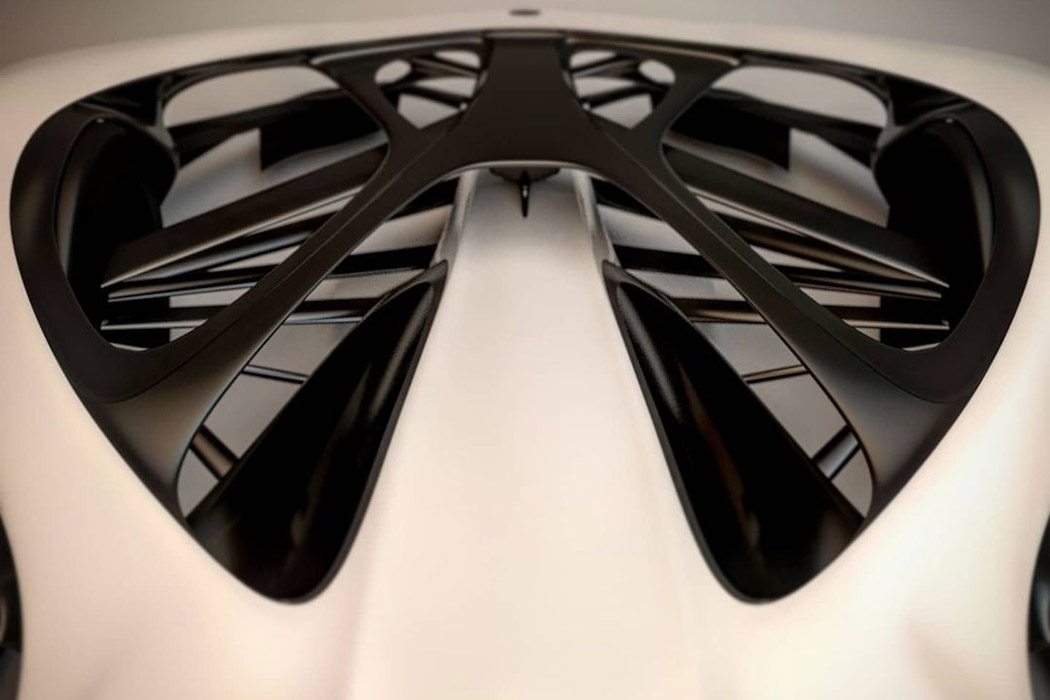
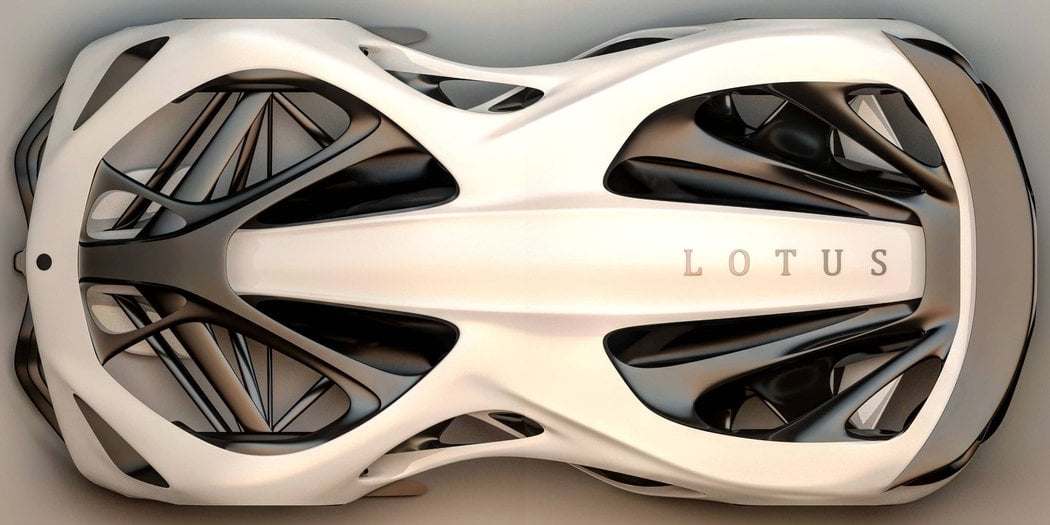

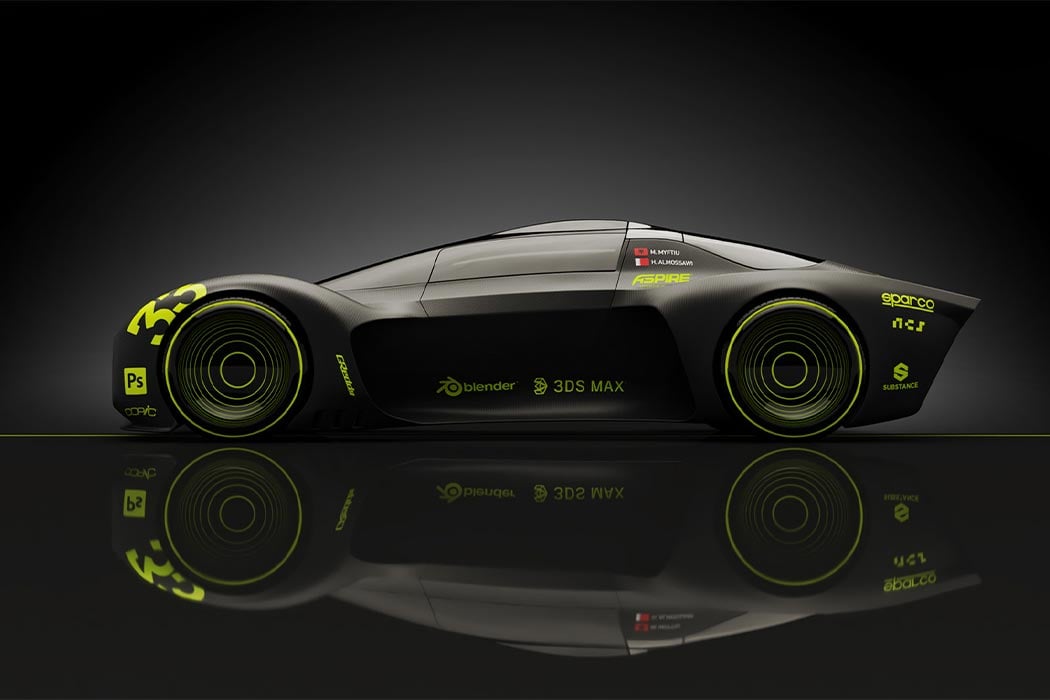
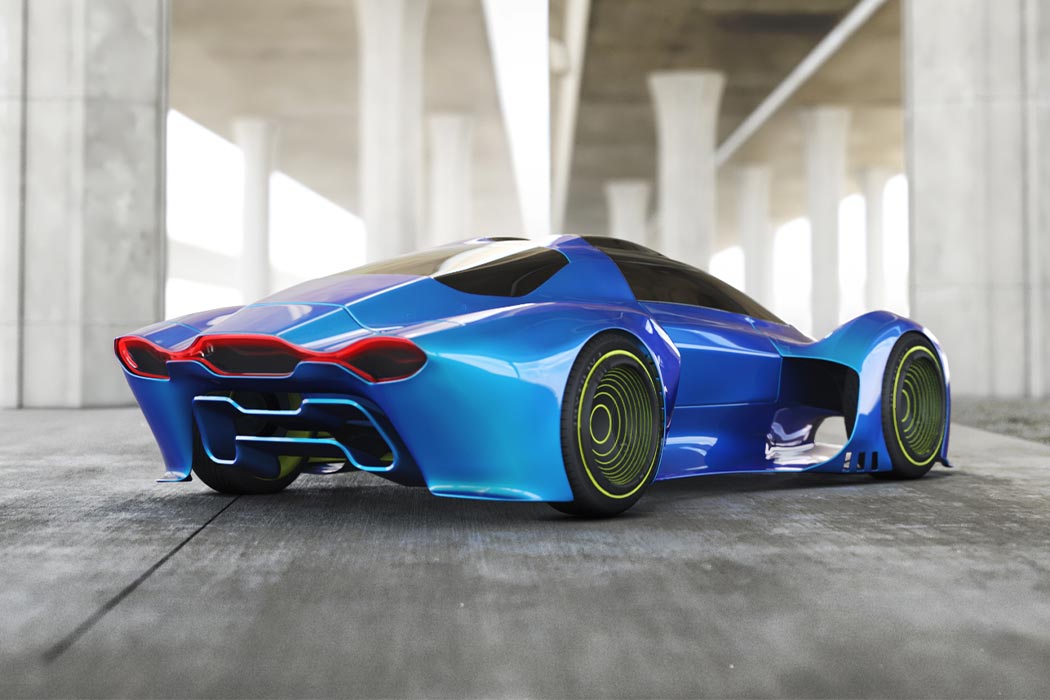
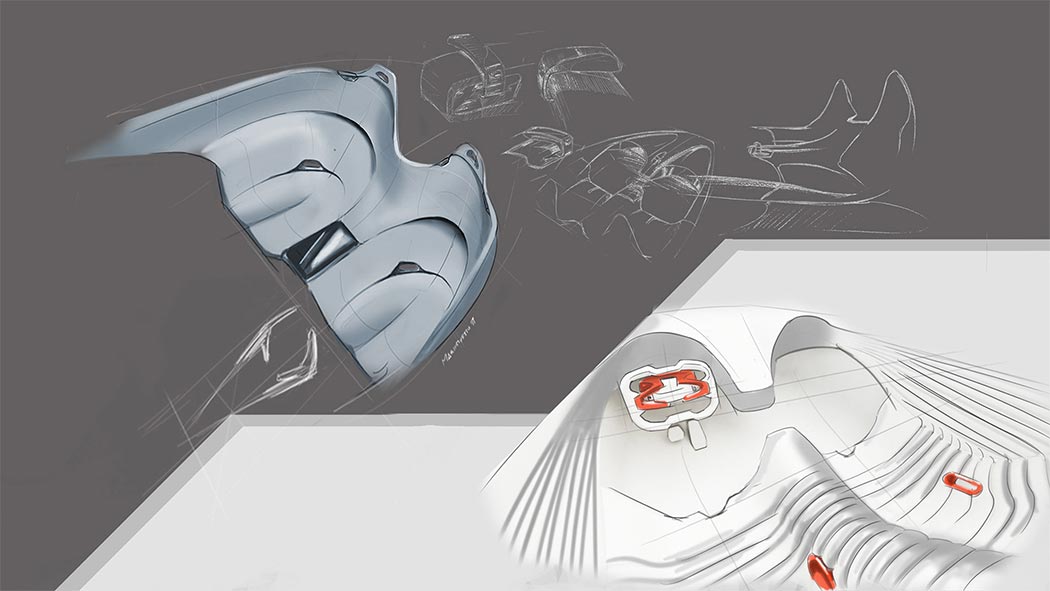
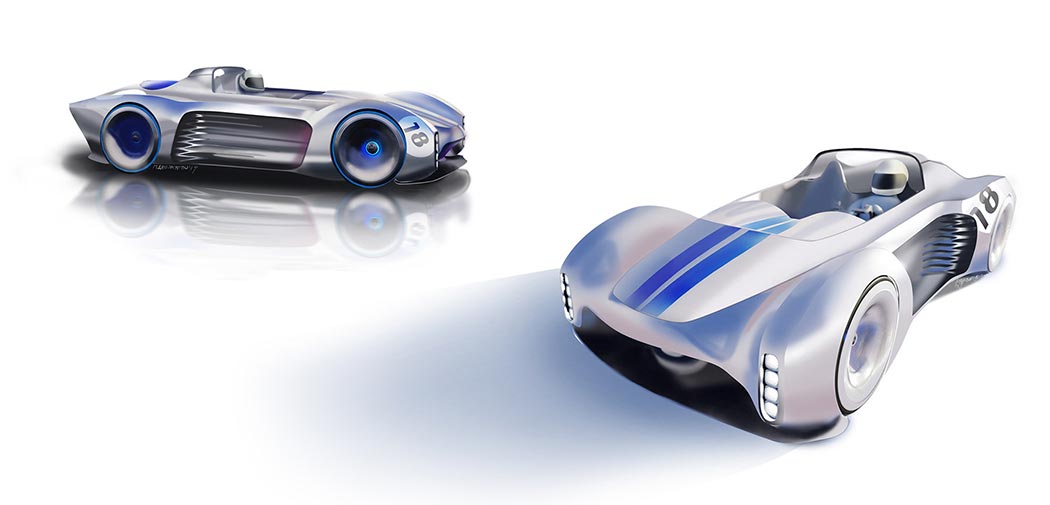
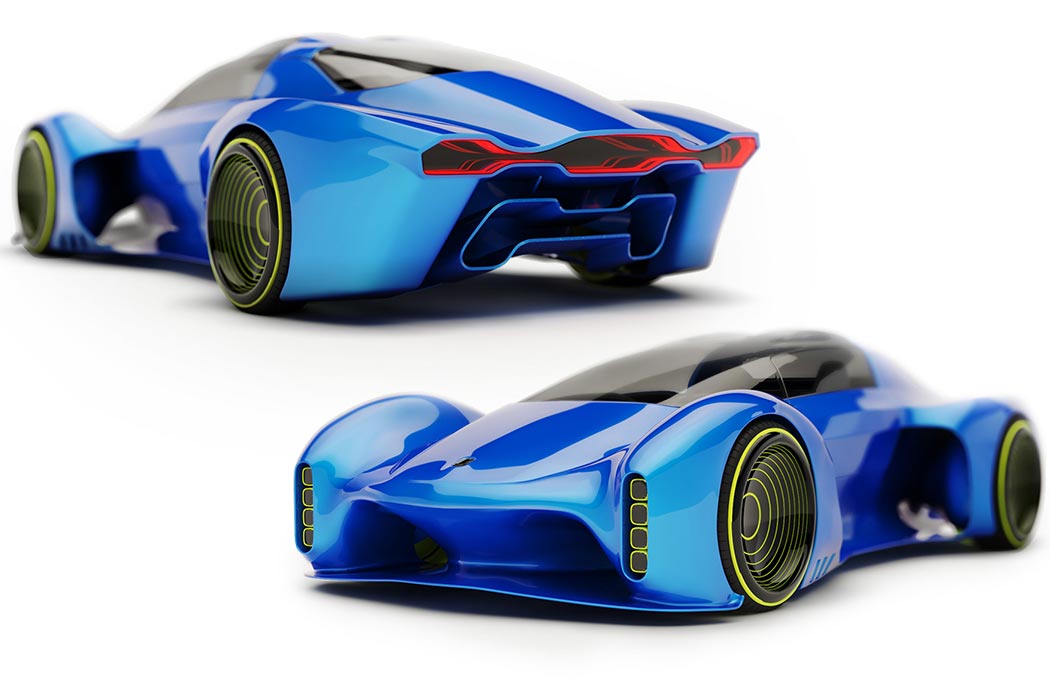
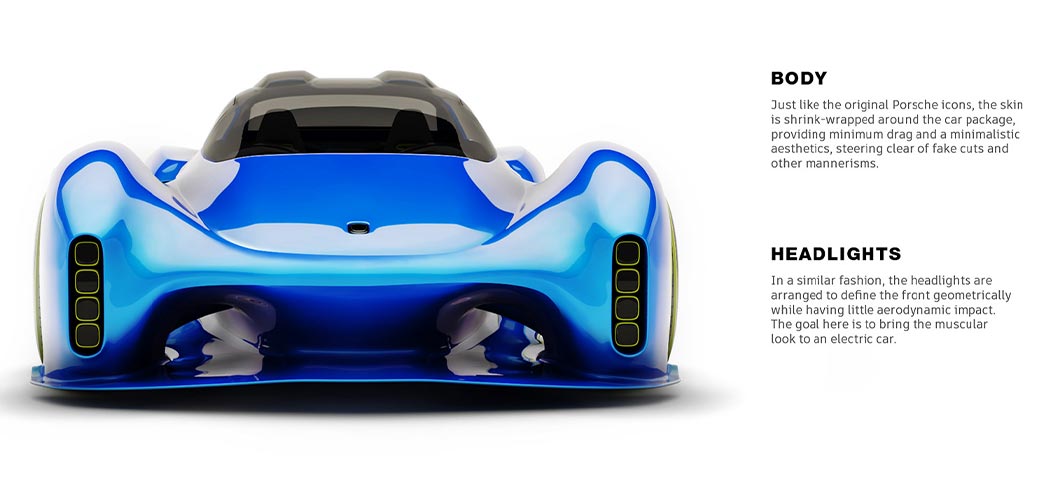
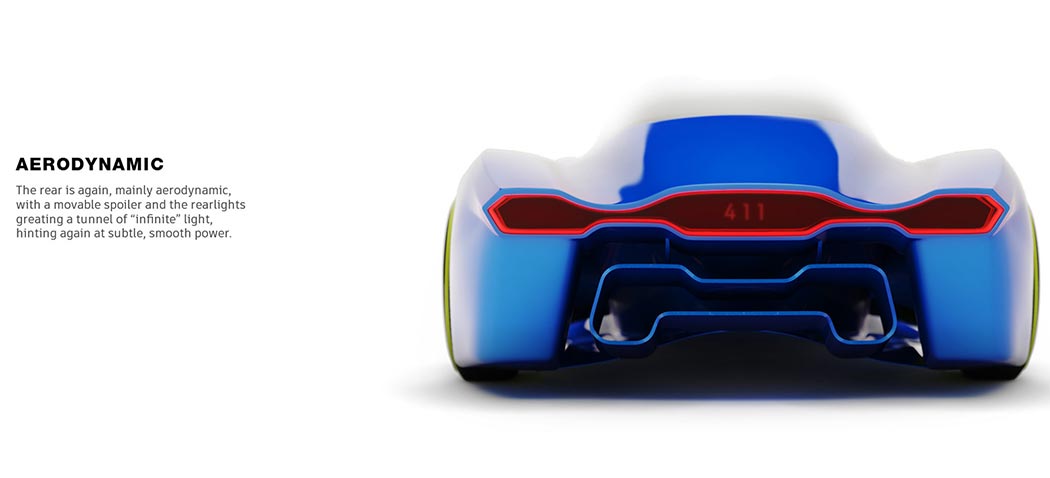
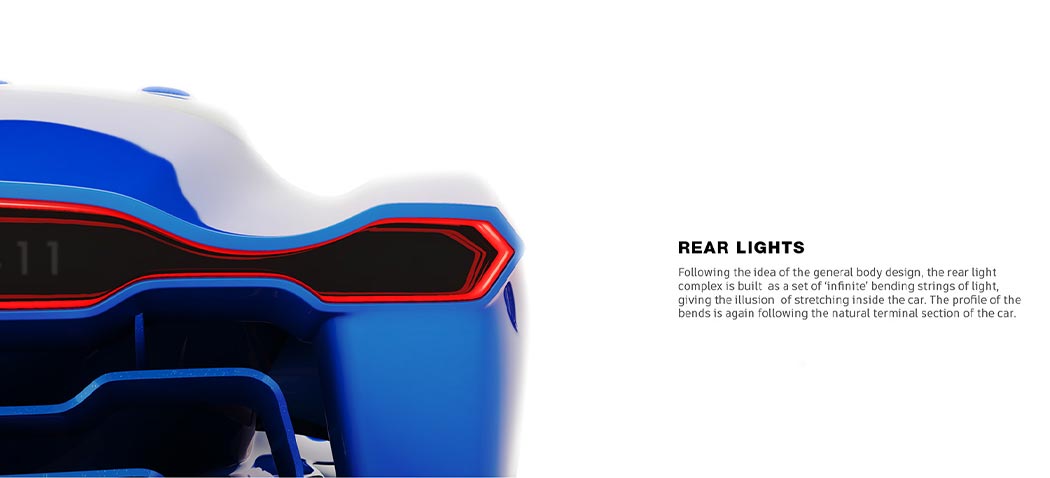
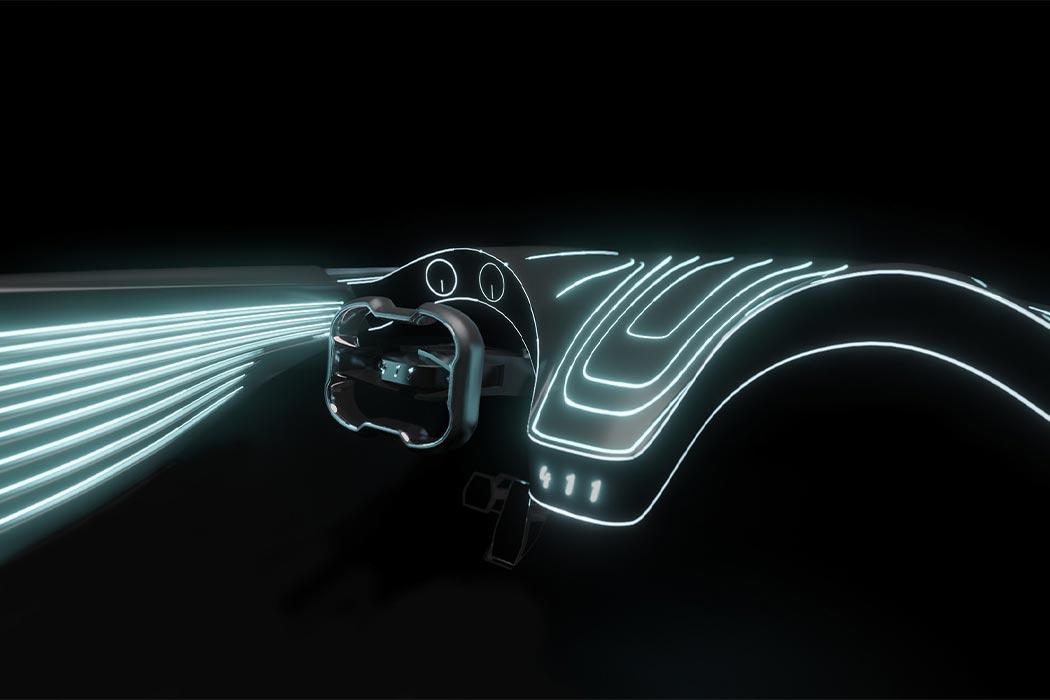
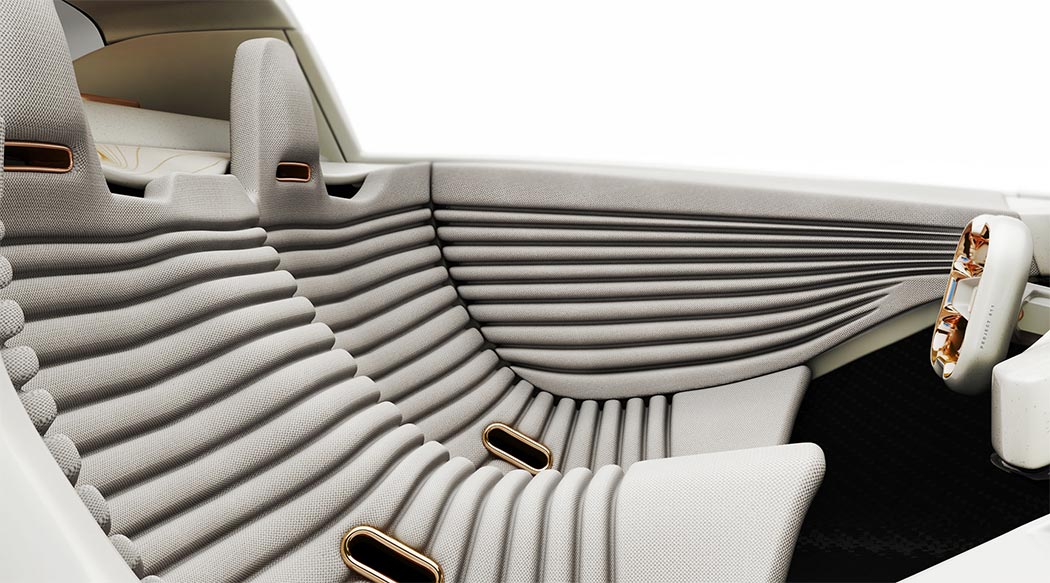
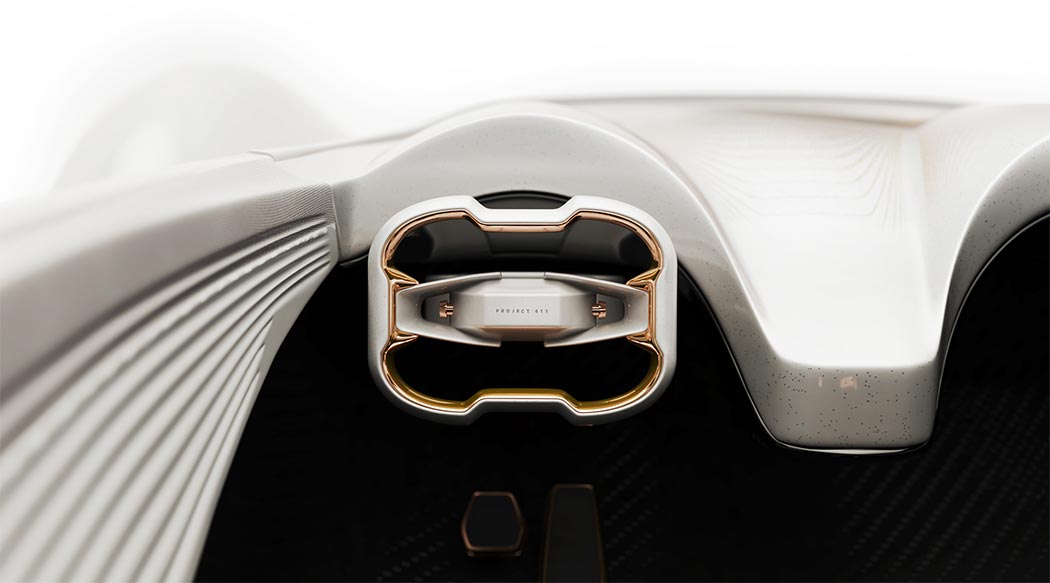
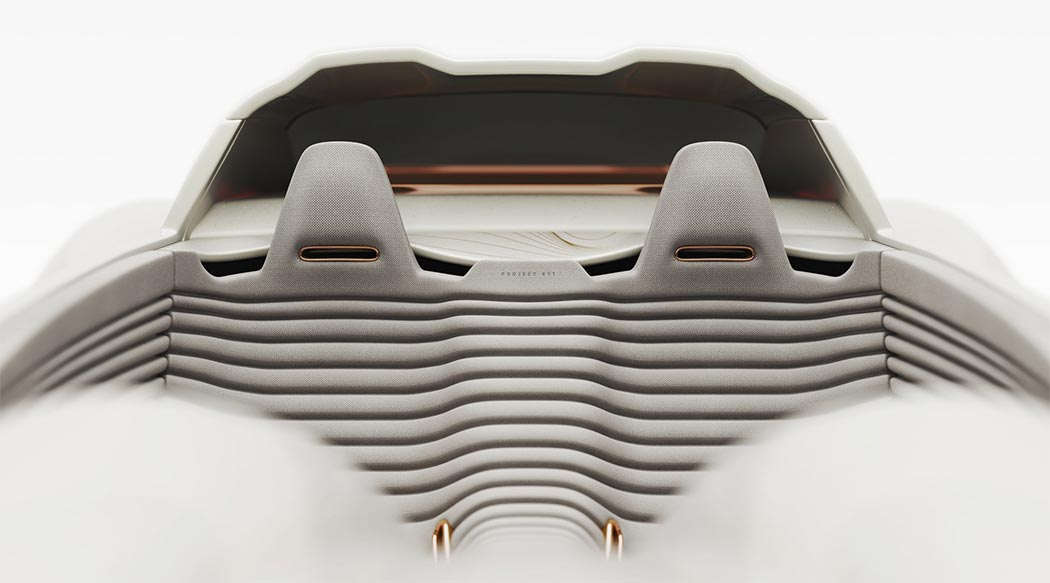
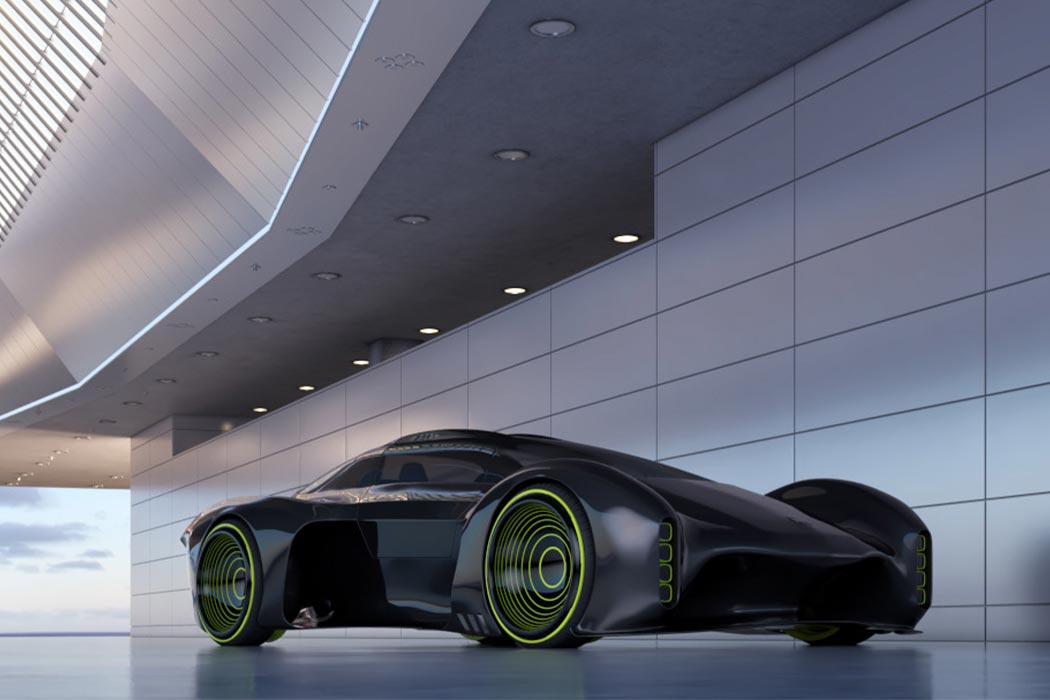
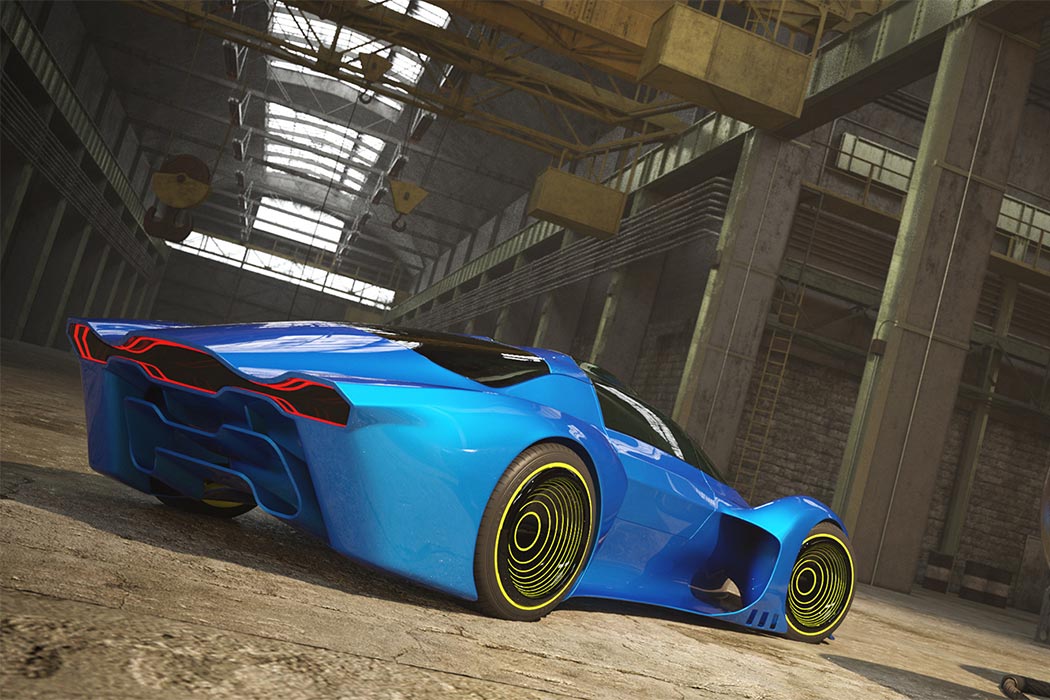
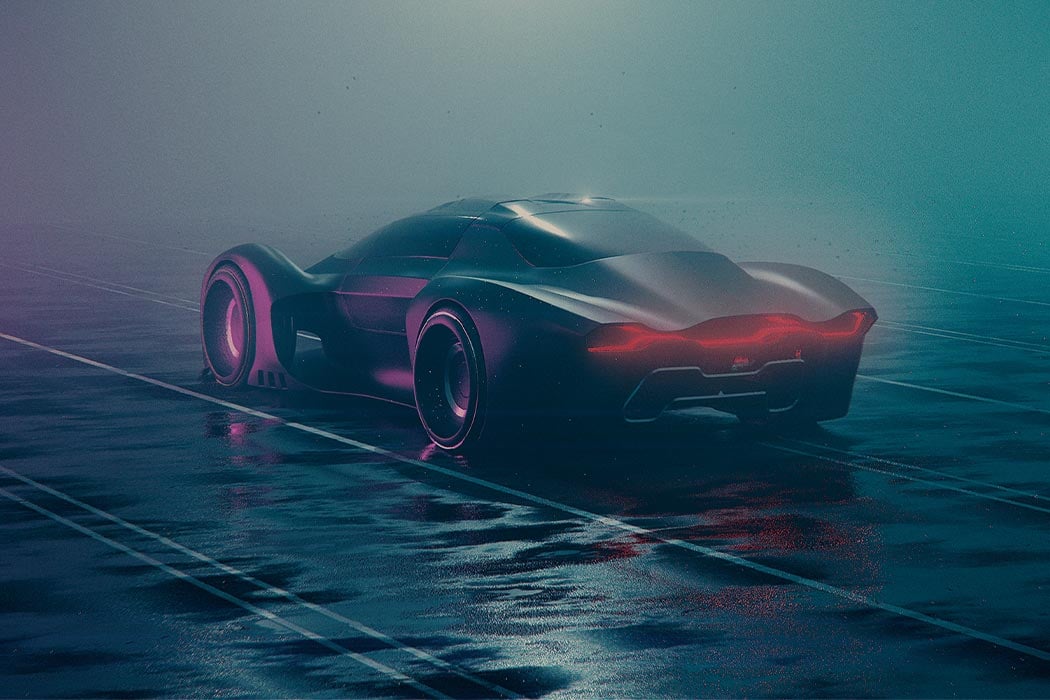
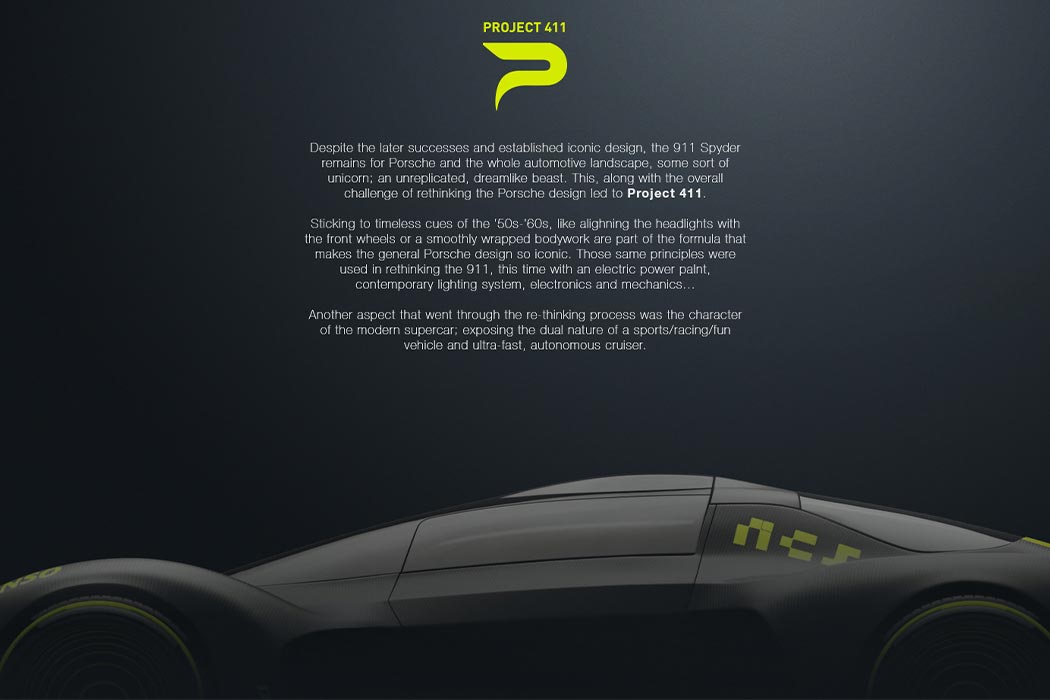
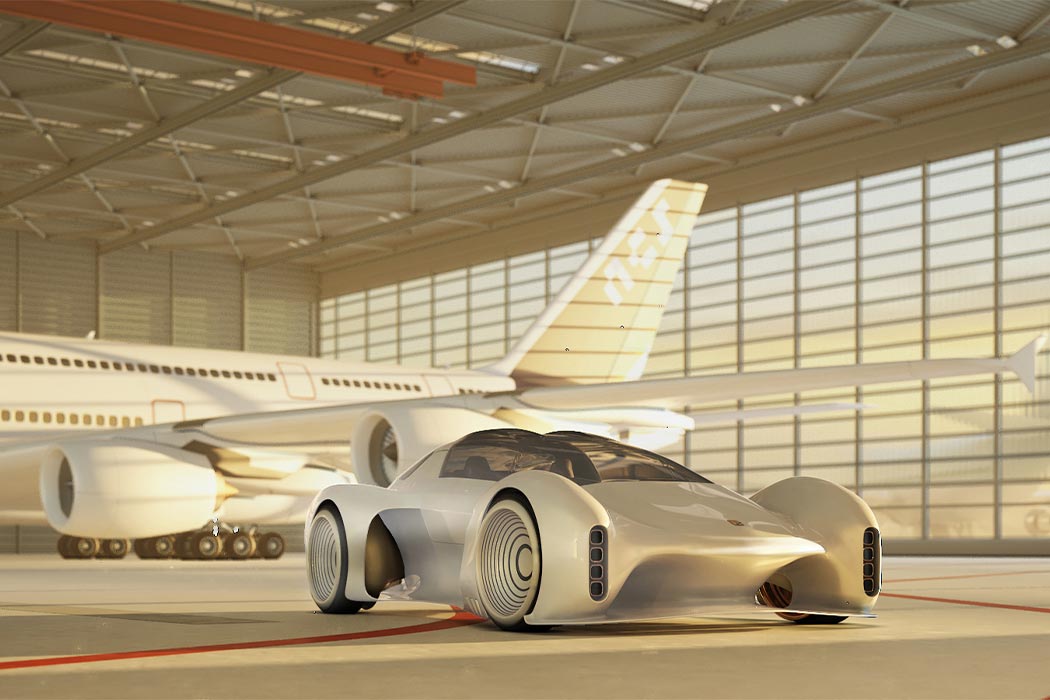
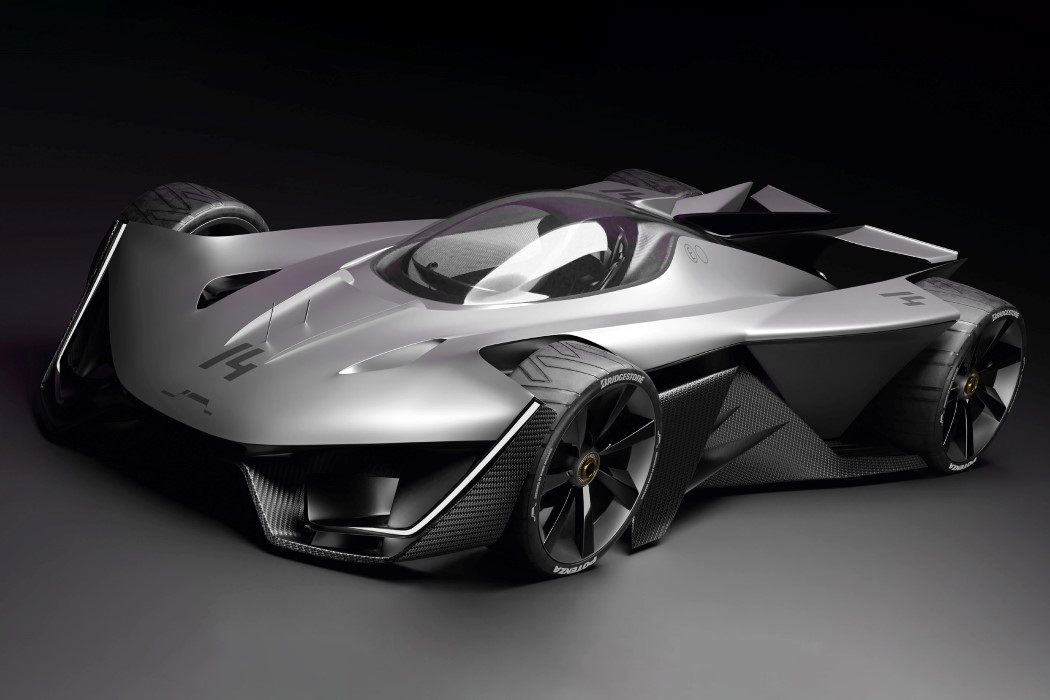
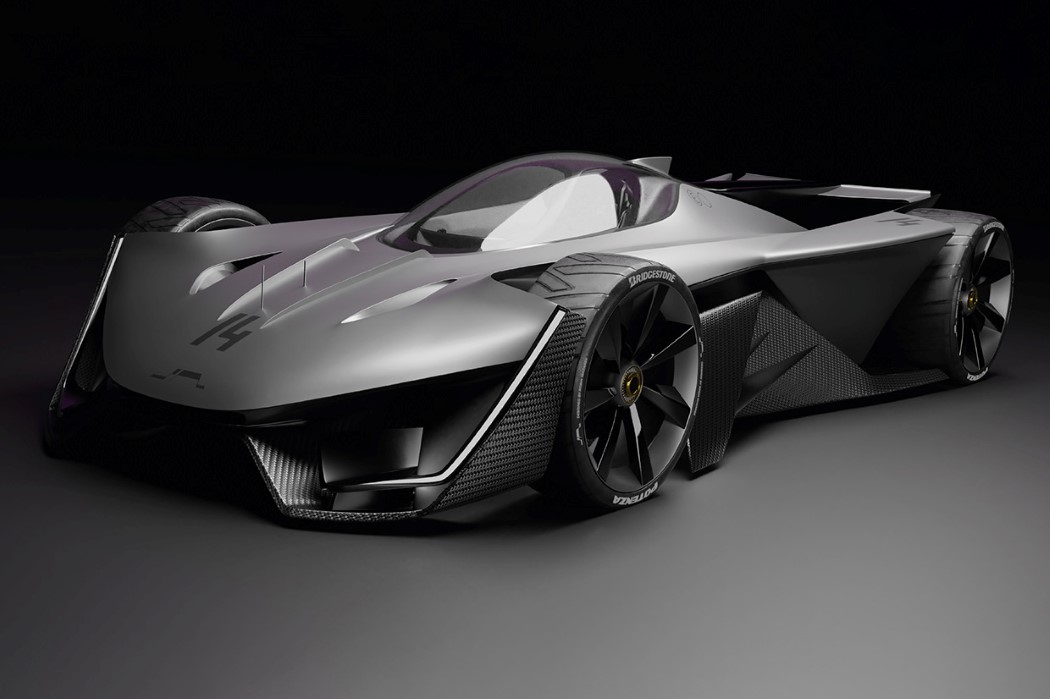
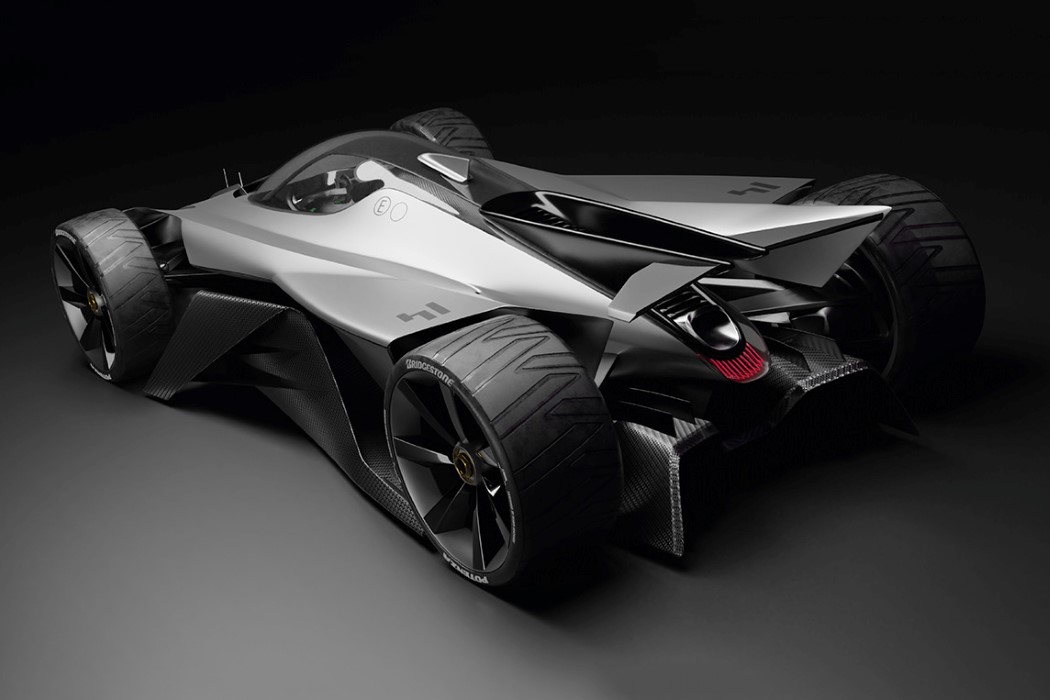
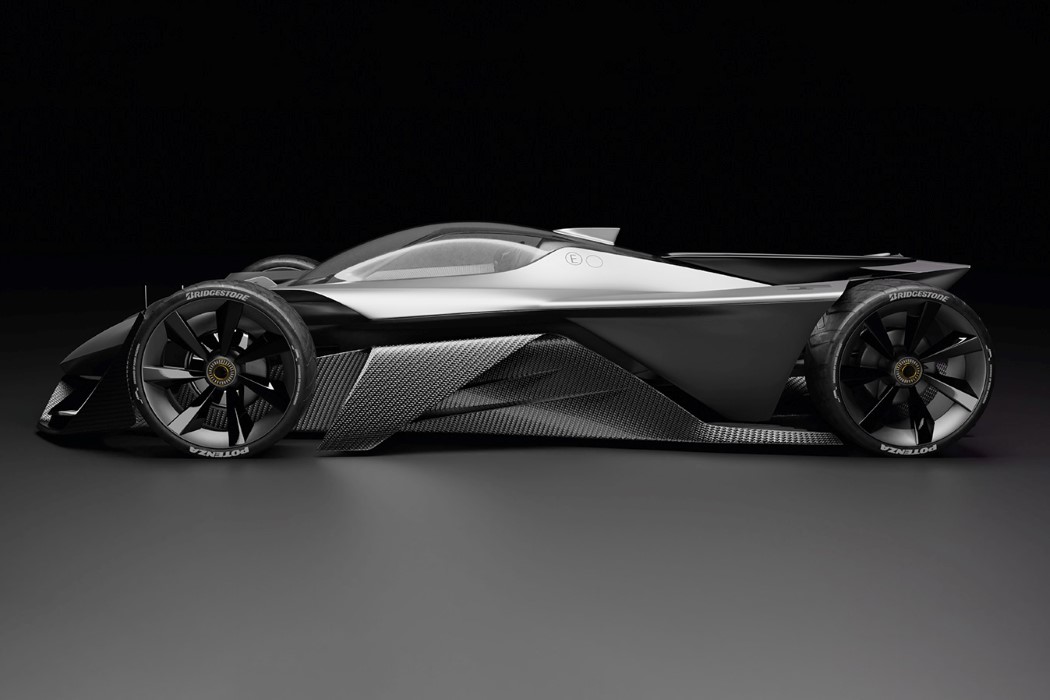
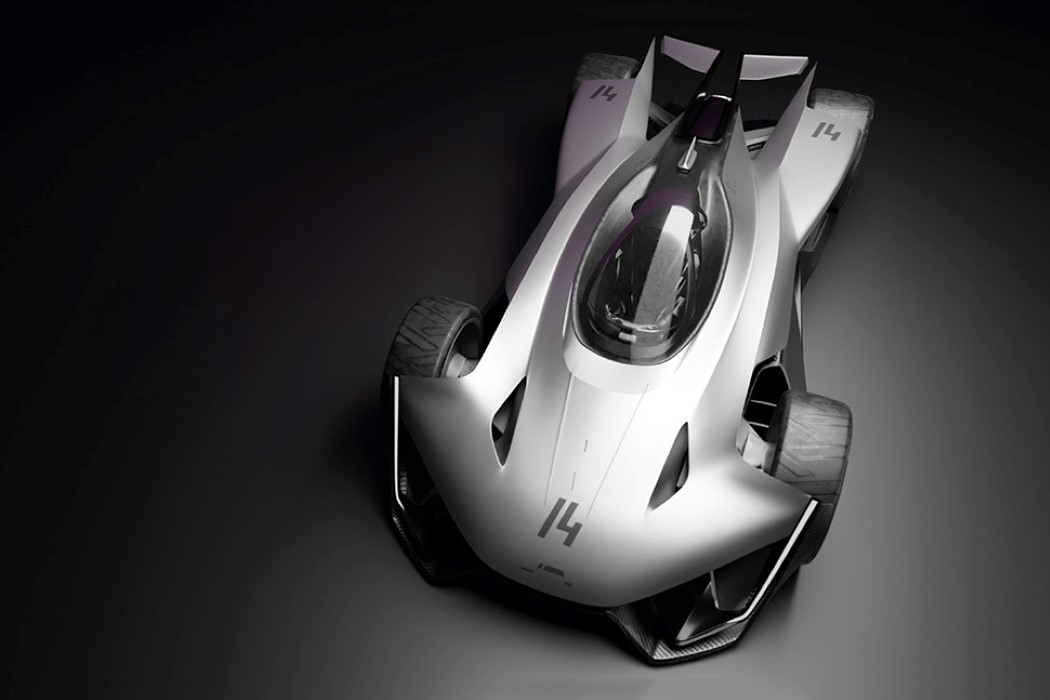
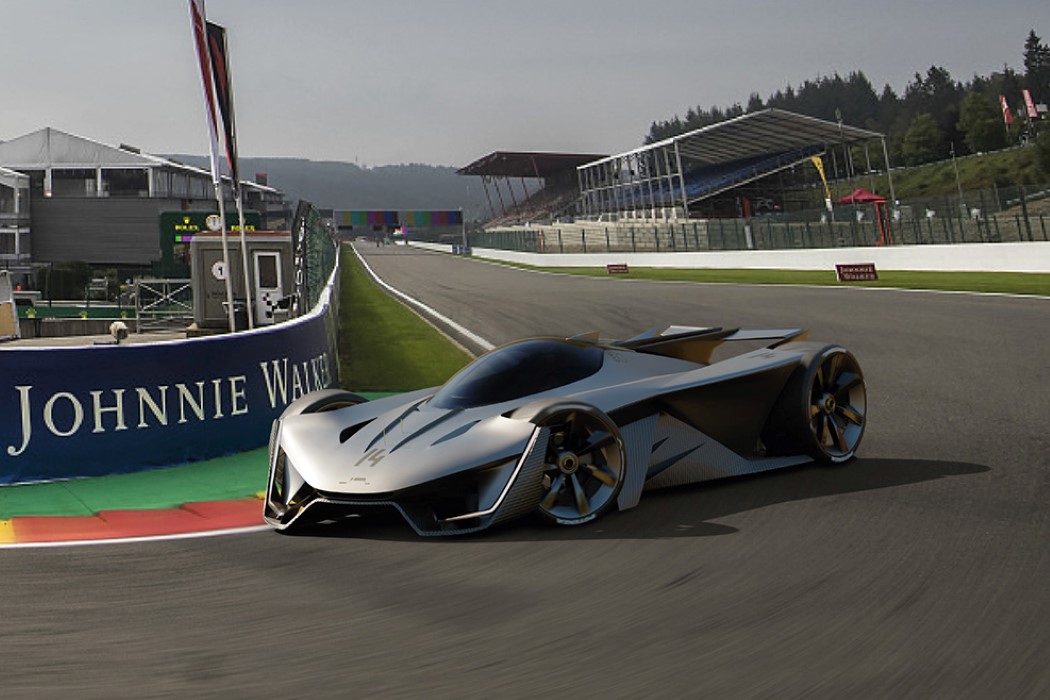
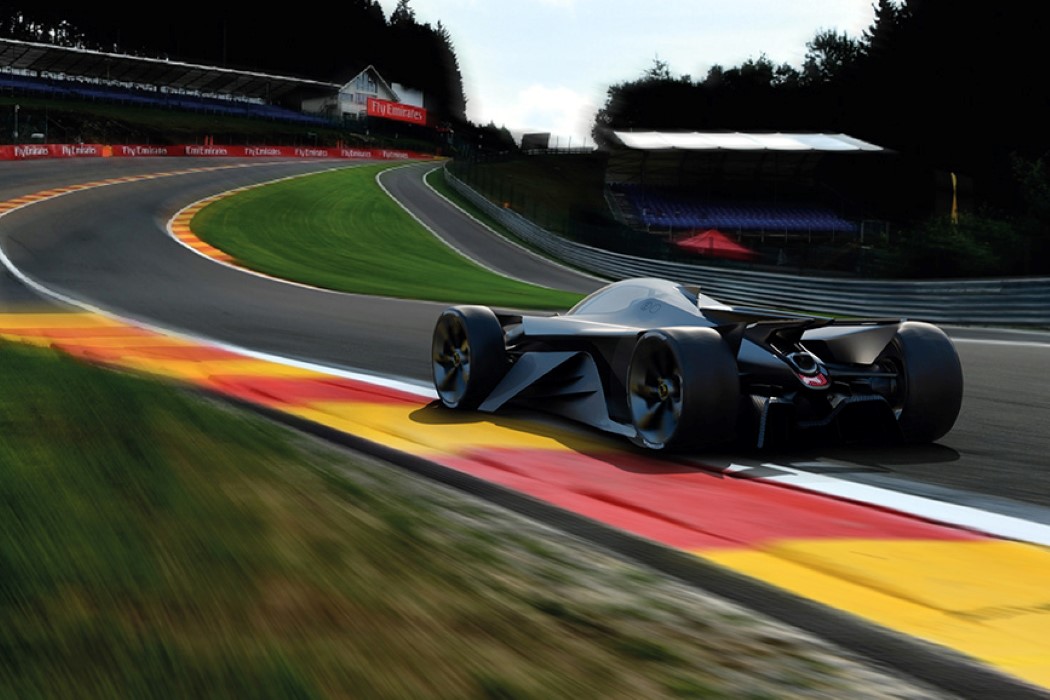
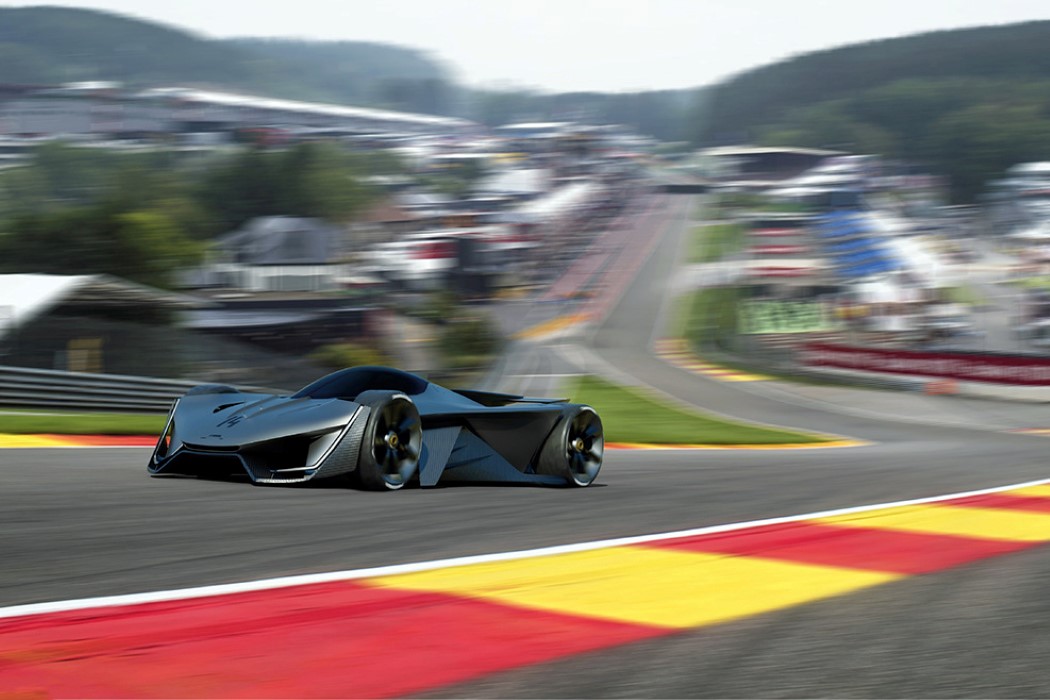
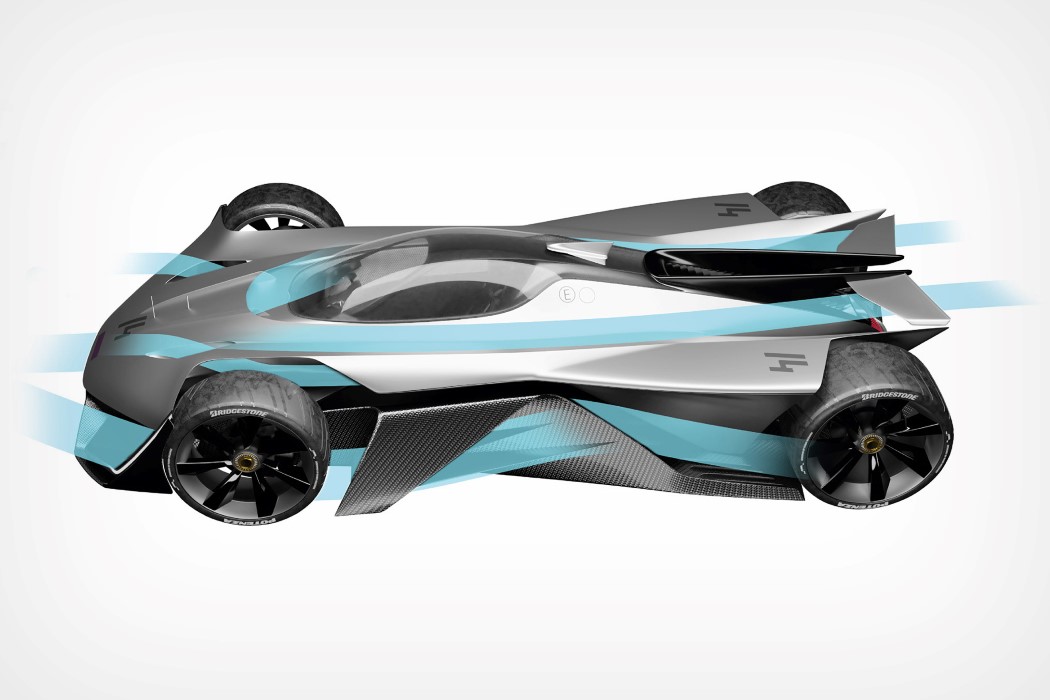
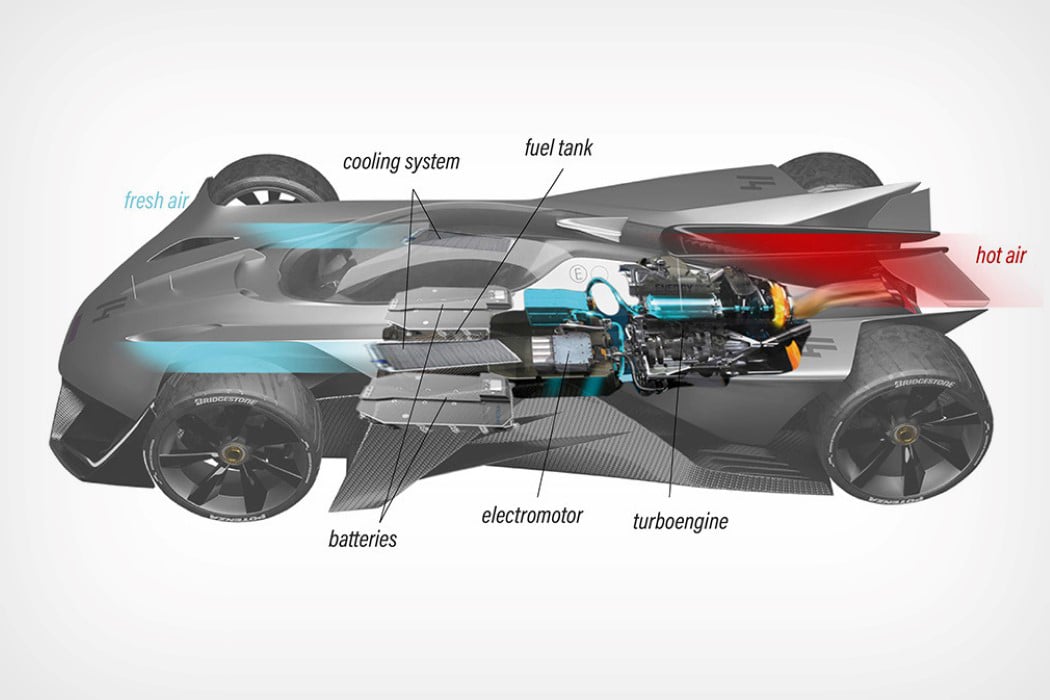















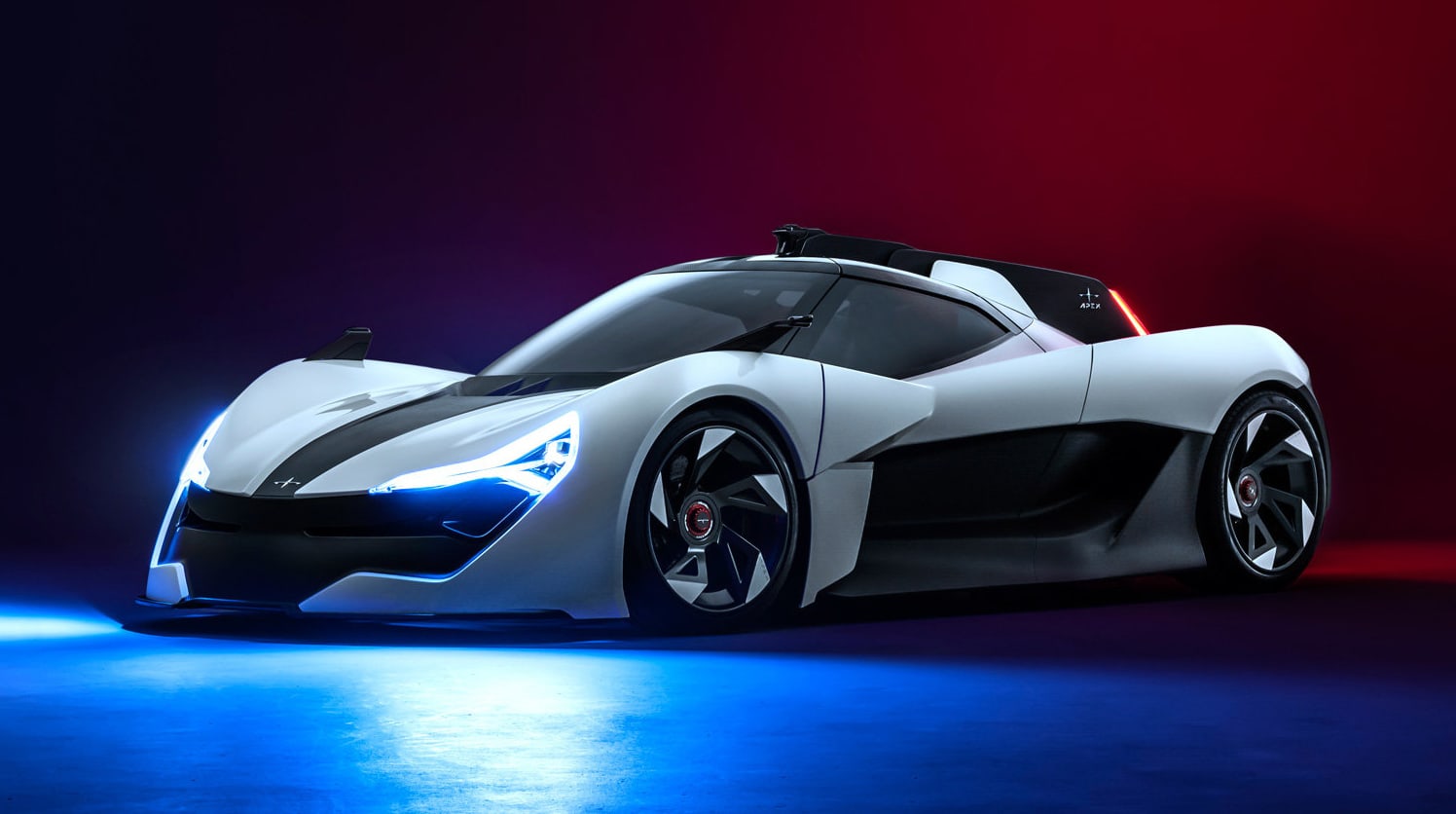 How do you make a name for yourself as an EV startup when you have plenty of rivals? By promising a mix of breakneck performance with uncommon tech, apparently. UK-based newcomer Apex has unveiled the AP-0, an electric supercar that's ready for the t...
How do you make a name for yourself as an EV startup when you have plenty of rivals? By promising a mix of breakneck performance with uncommon tech, apparently. UK-based newcomer Apex has unveiled the AP-0, an electric supercar that's ready for the t...
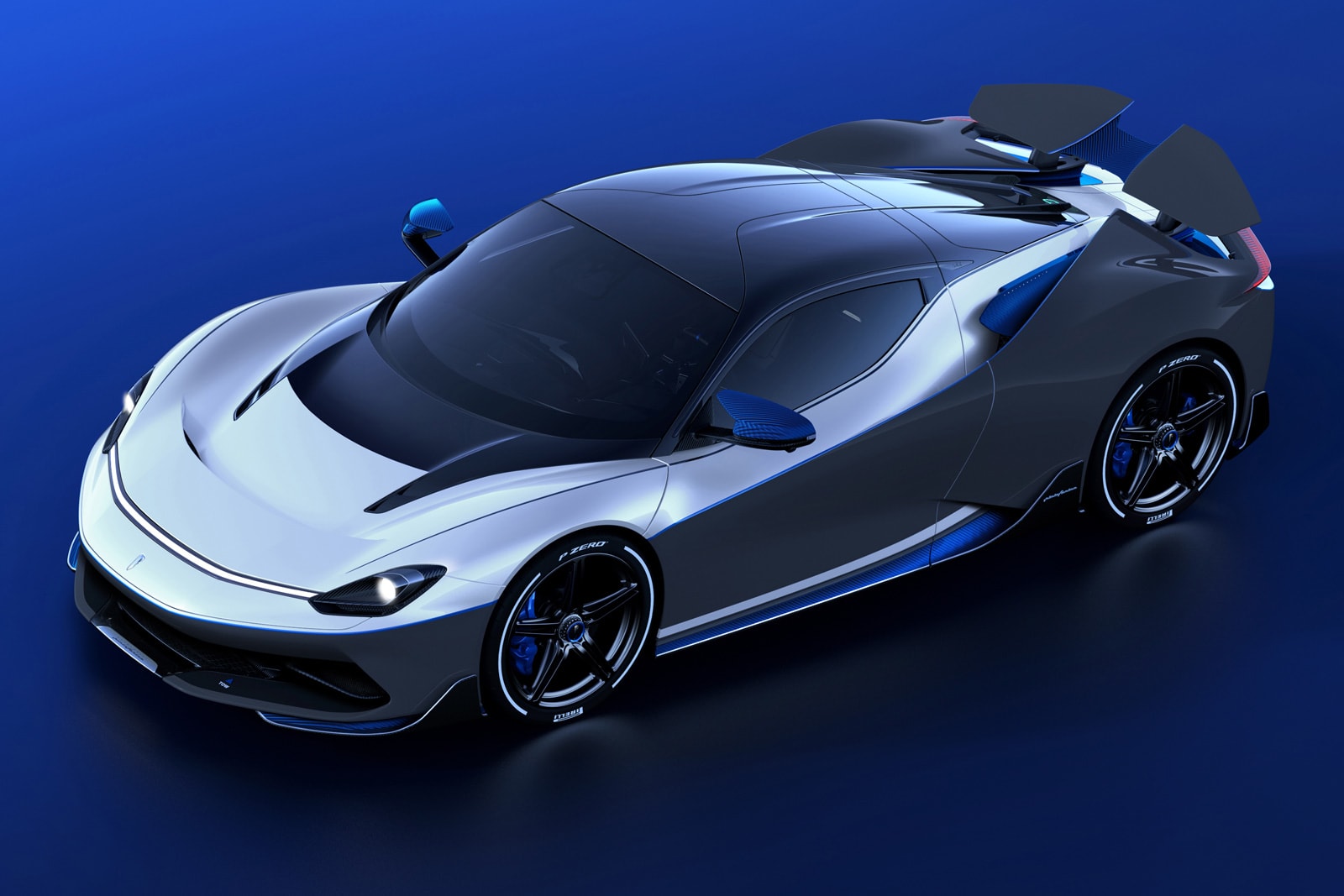 Is Pininfarina's Battista electric hypercar just not exclusive enough for you? You're in luck. The Italian automaker has unveiled a special Battista Anniversario variant that pushes the EV even further. It still revolves around that 1,900HP quad-m...
Is Pininfarina's Battista electric hypercar just not exclusive enough for you? You're in luck. The Italian automaker has unveiled a special Battista Anniversario variant that pushes the EV even further. It still revolves around that 1,900HP quad-m...